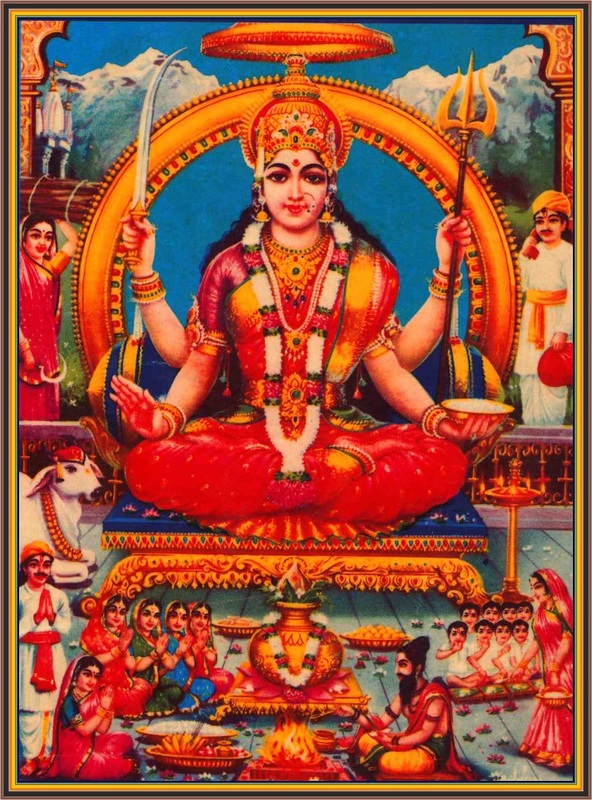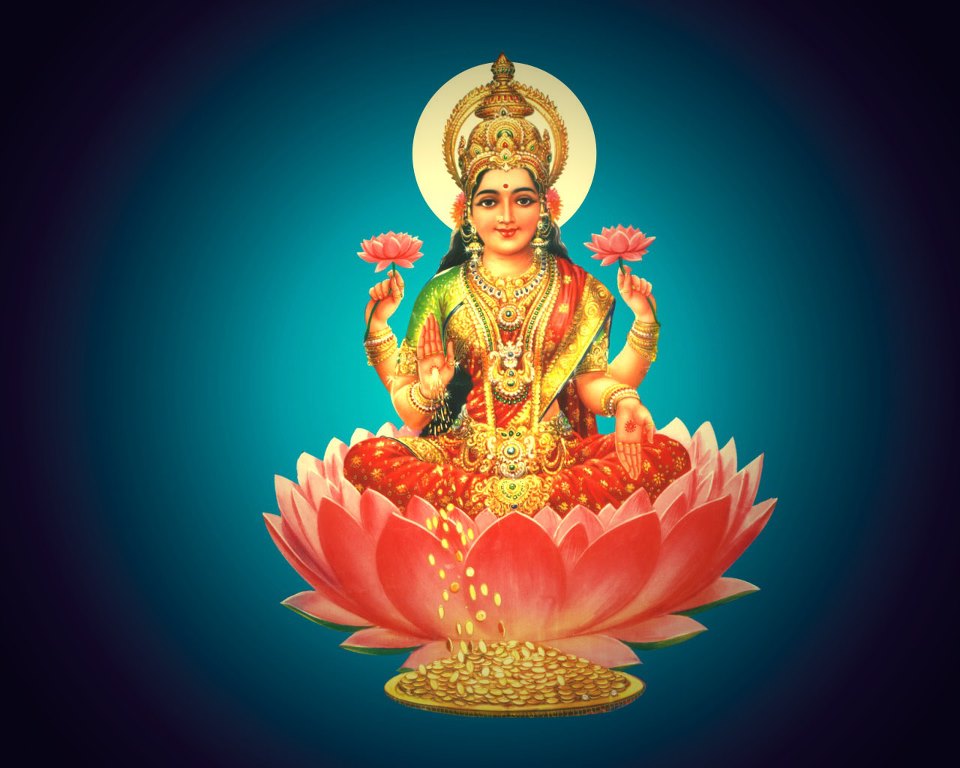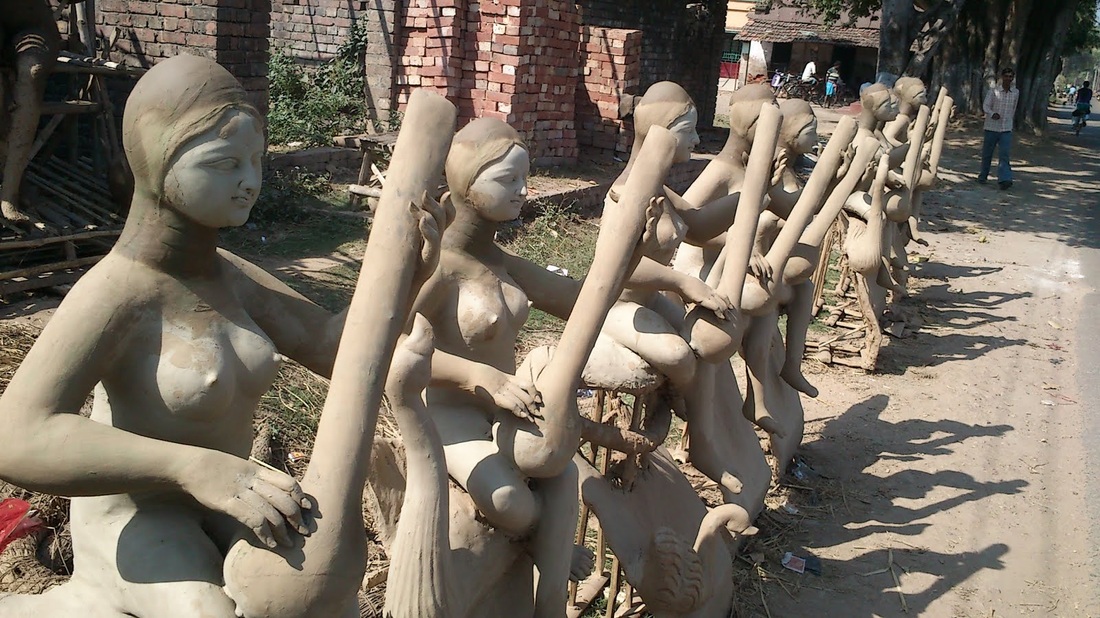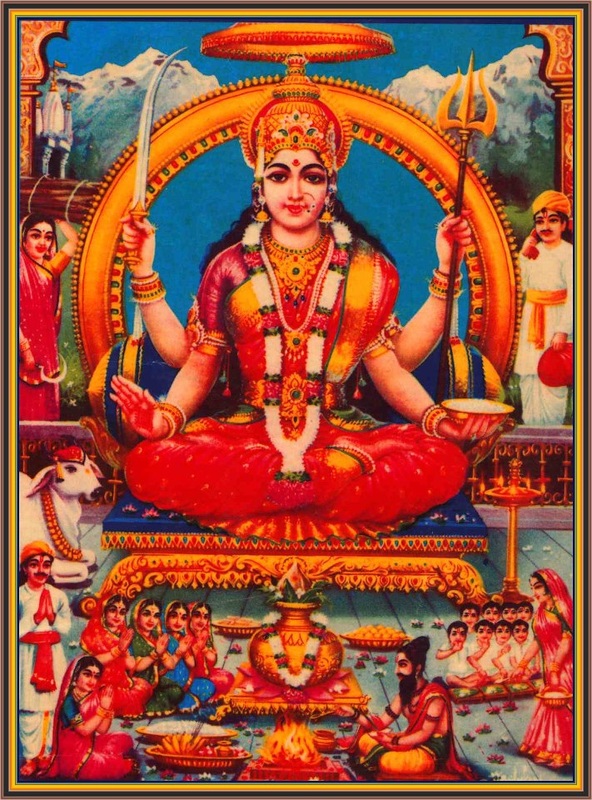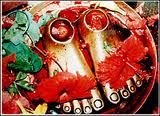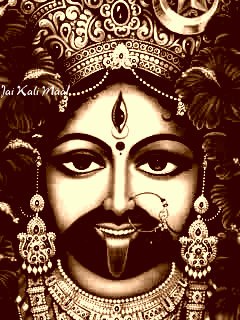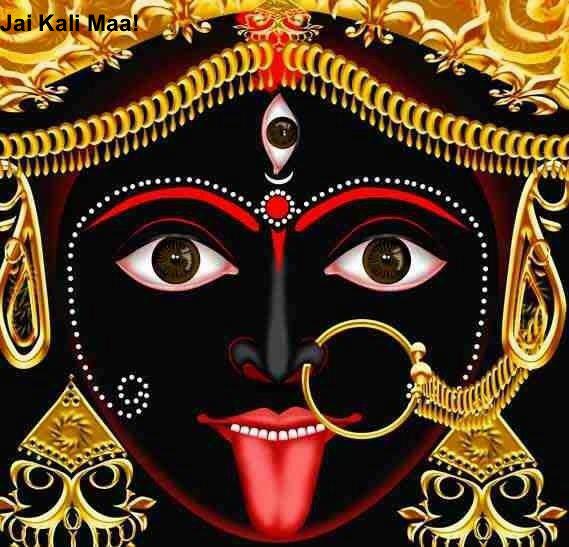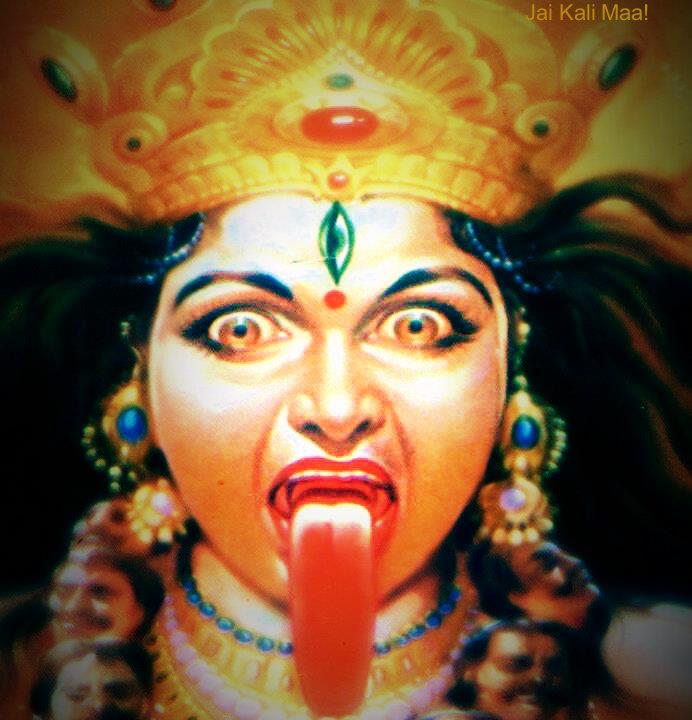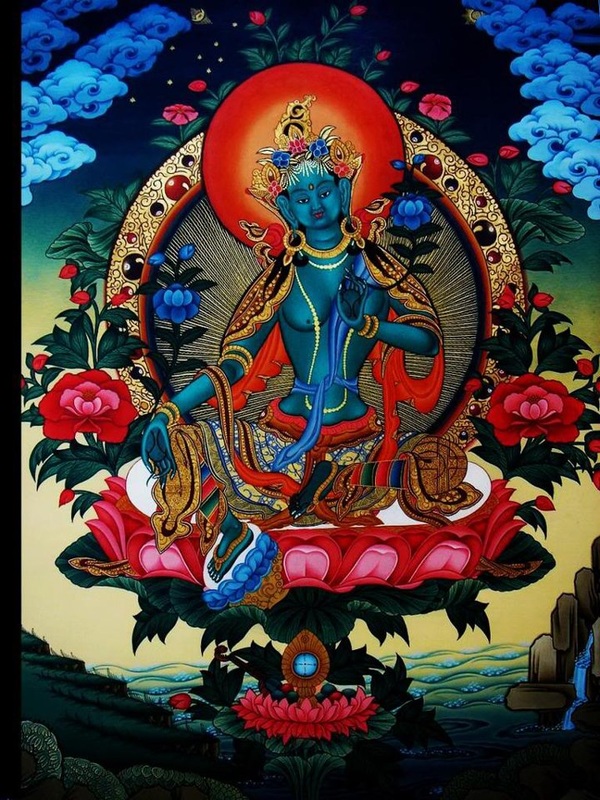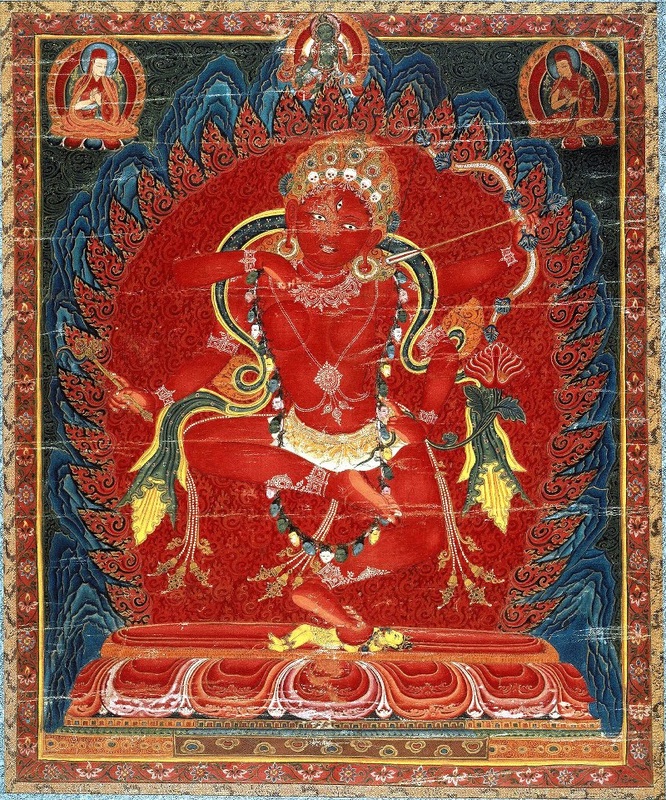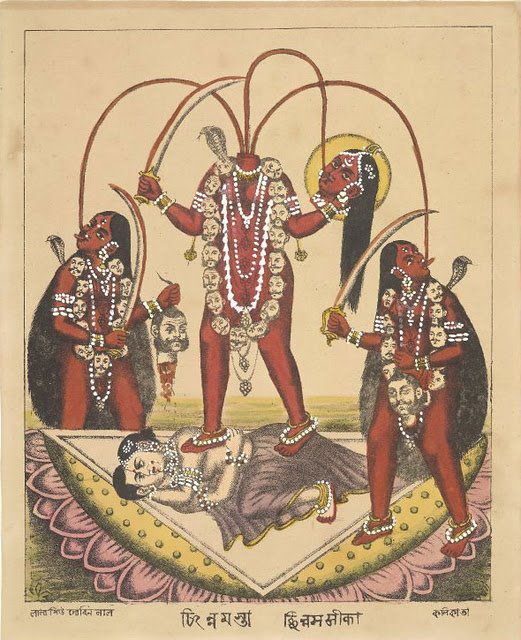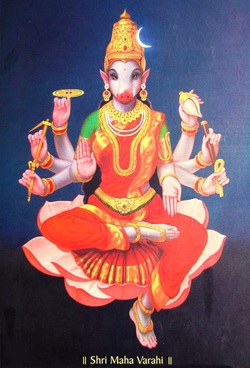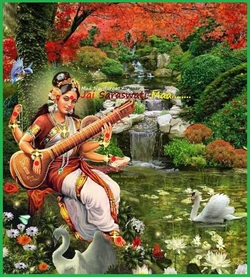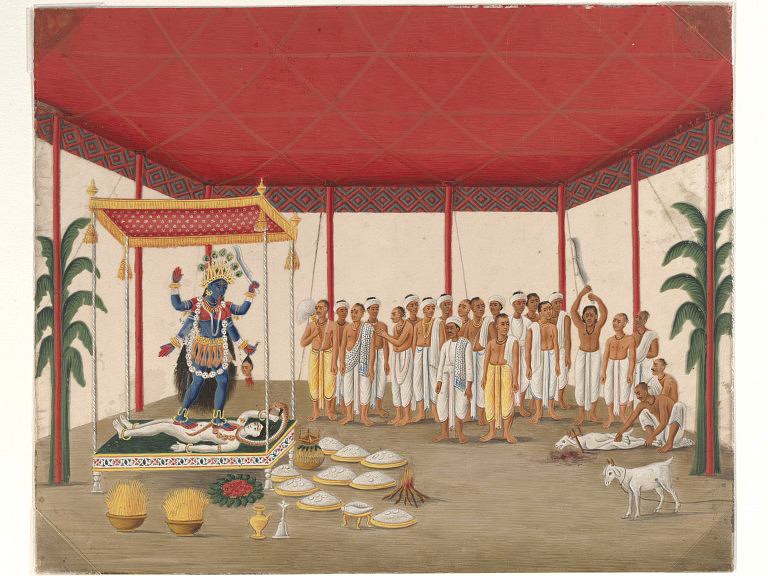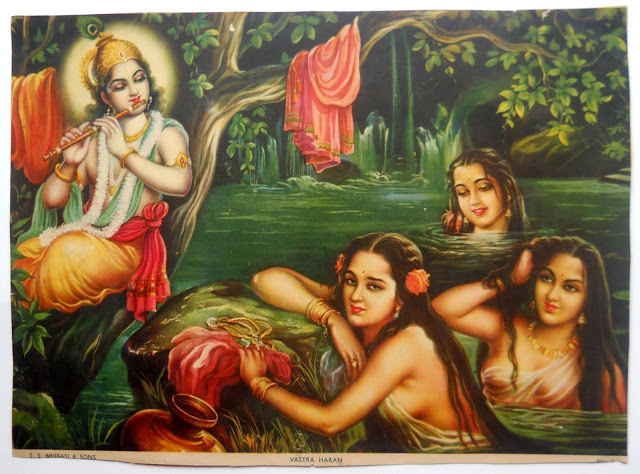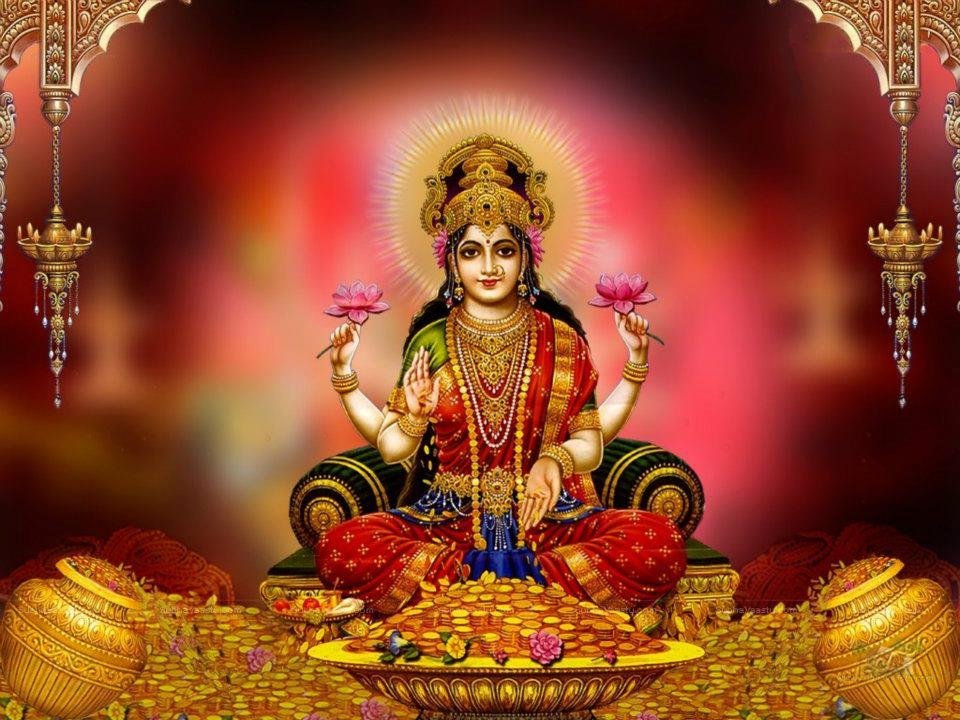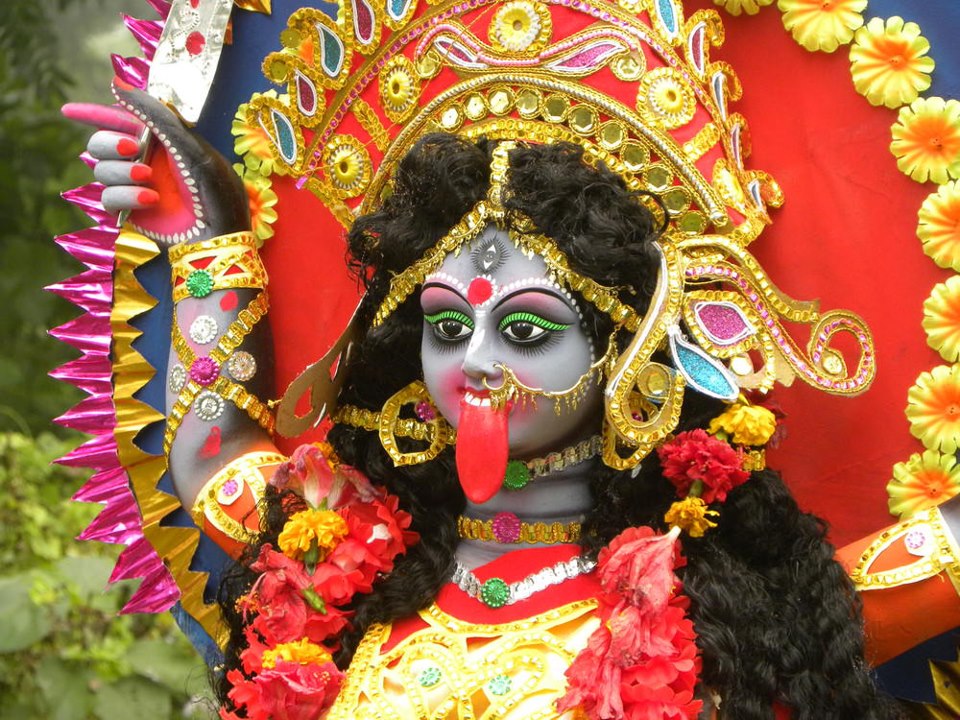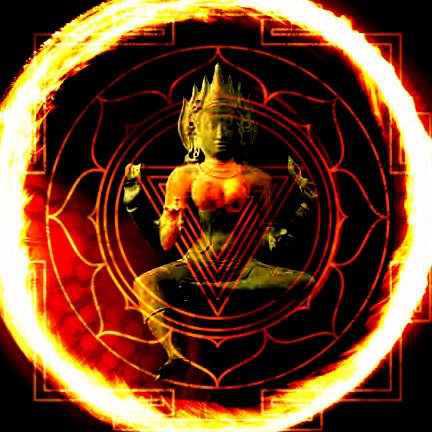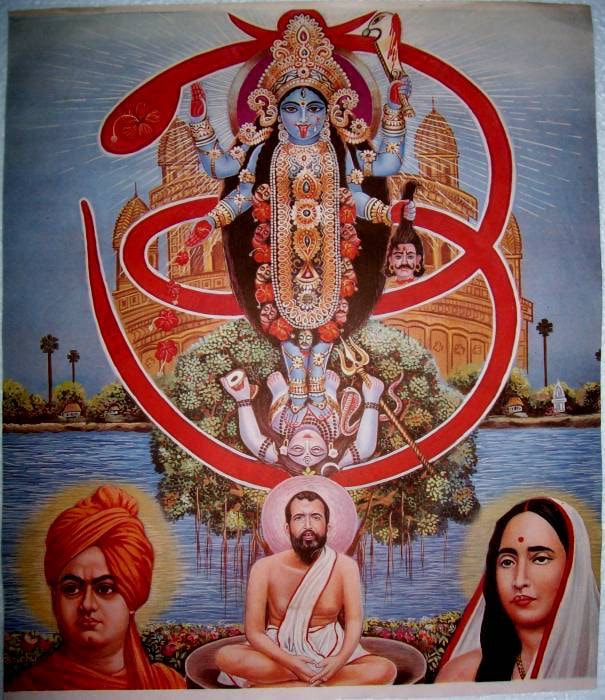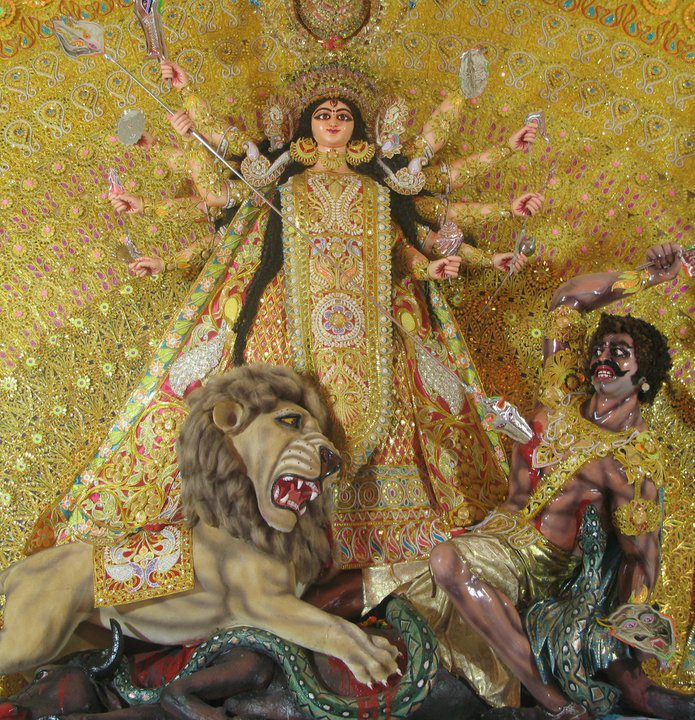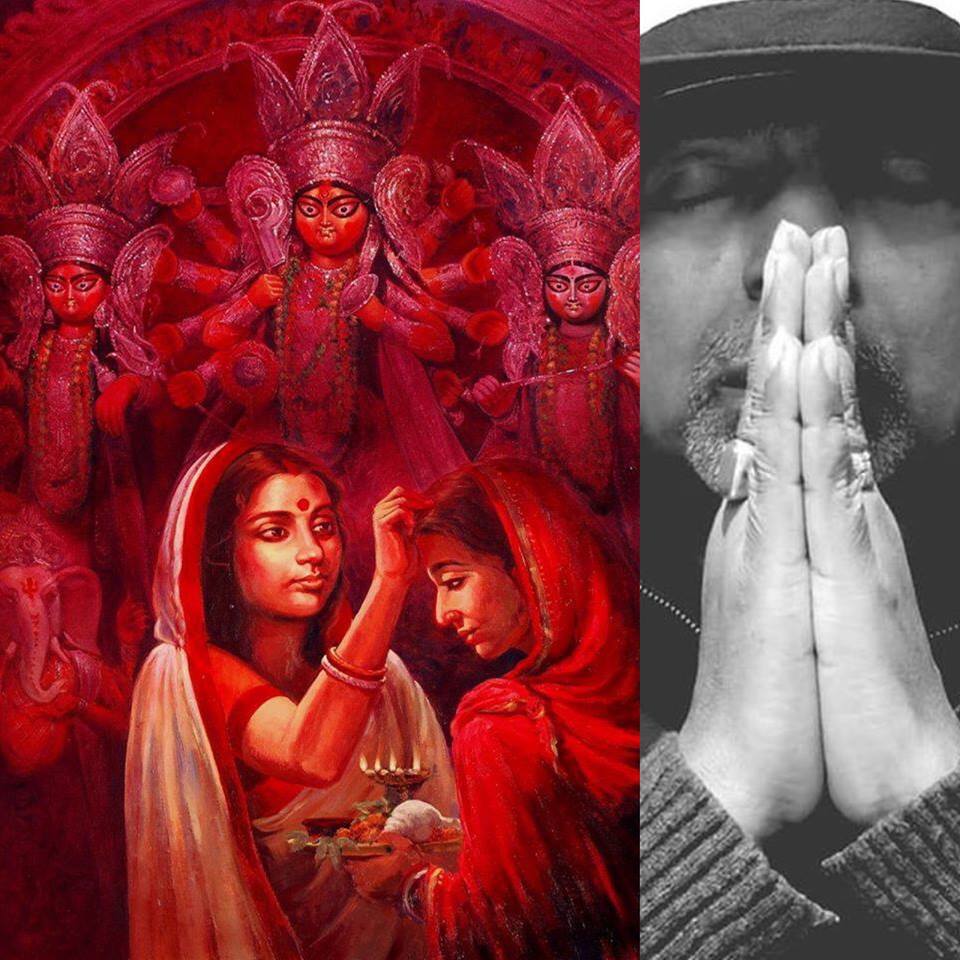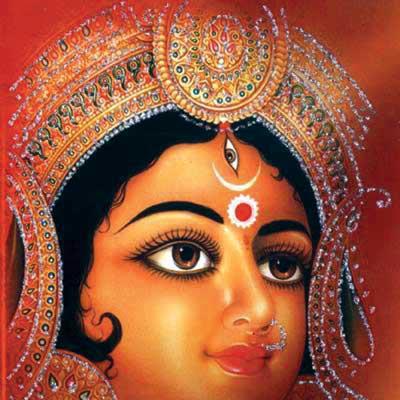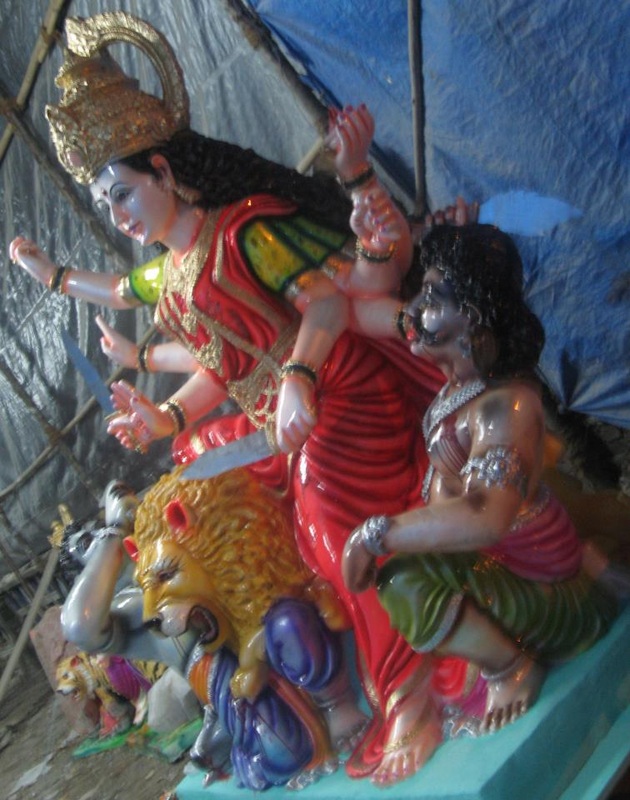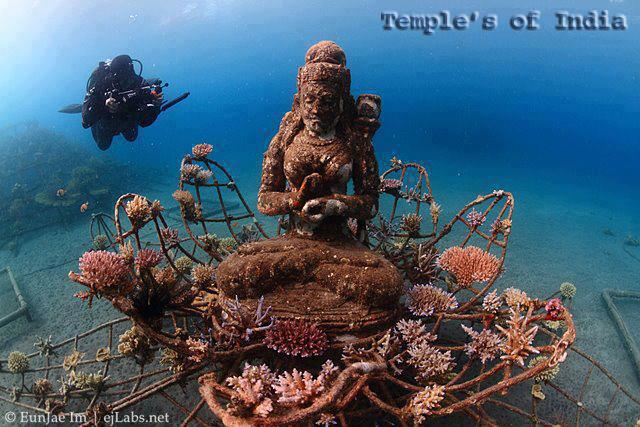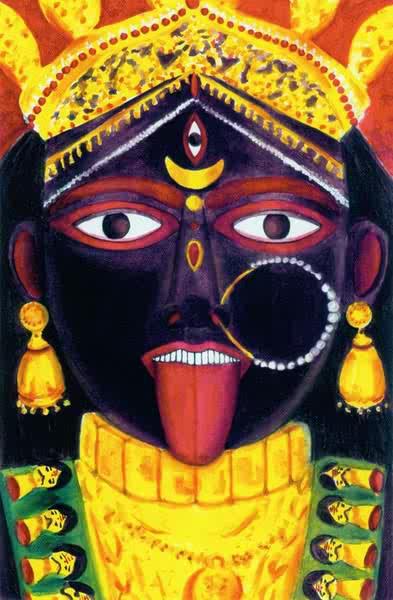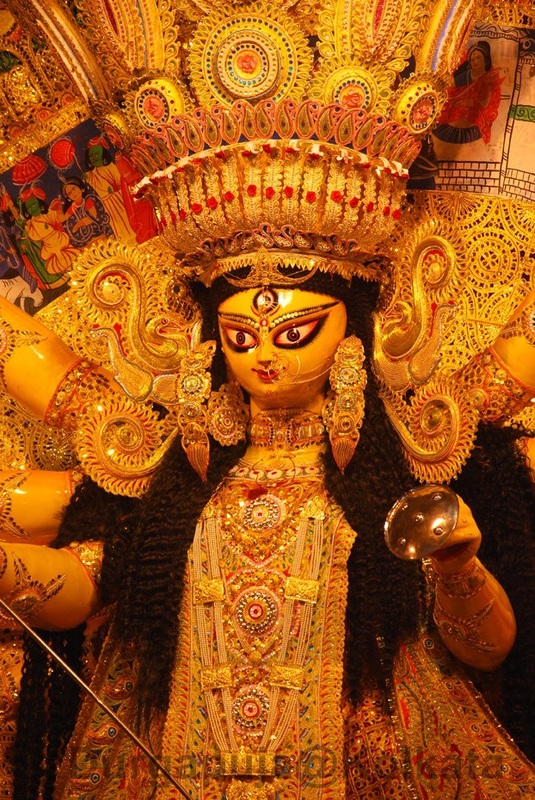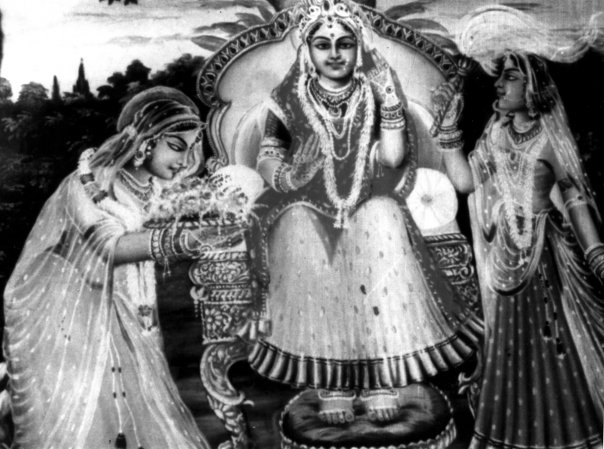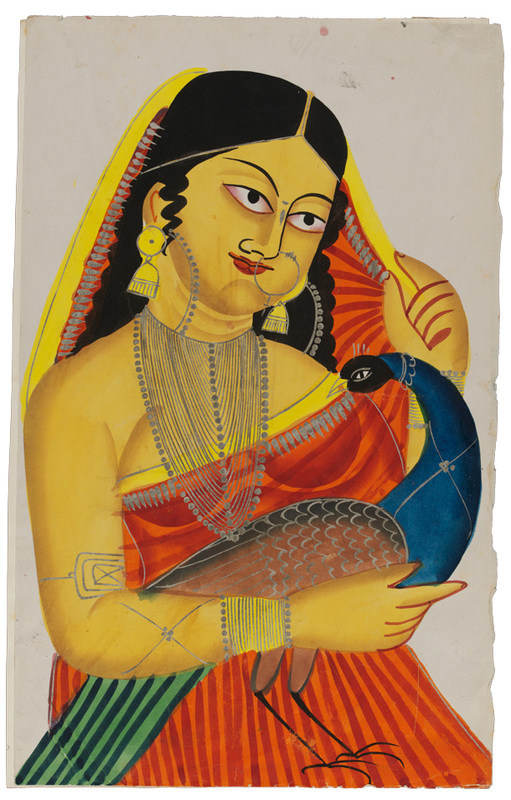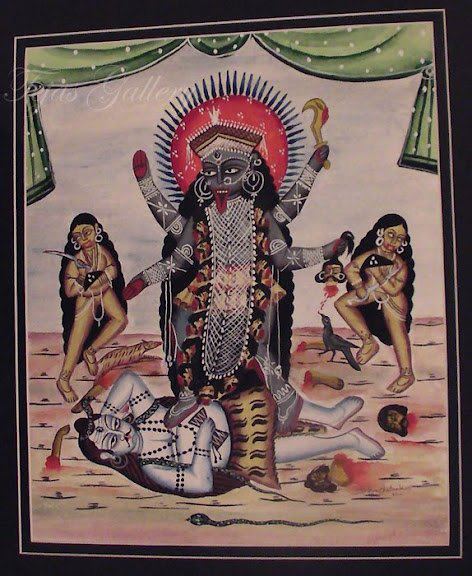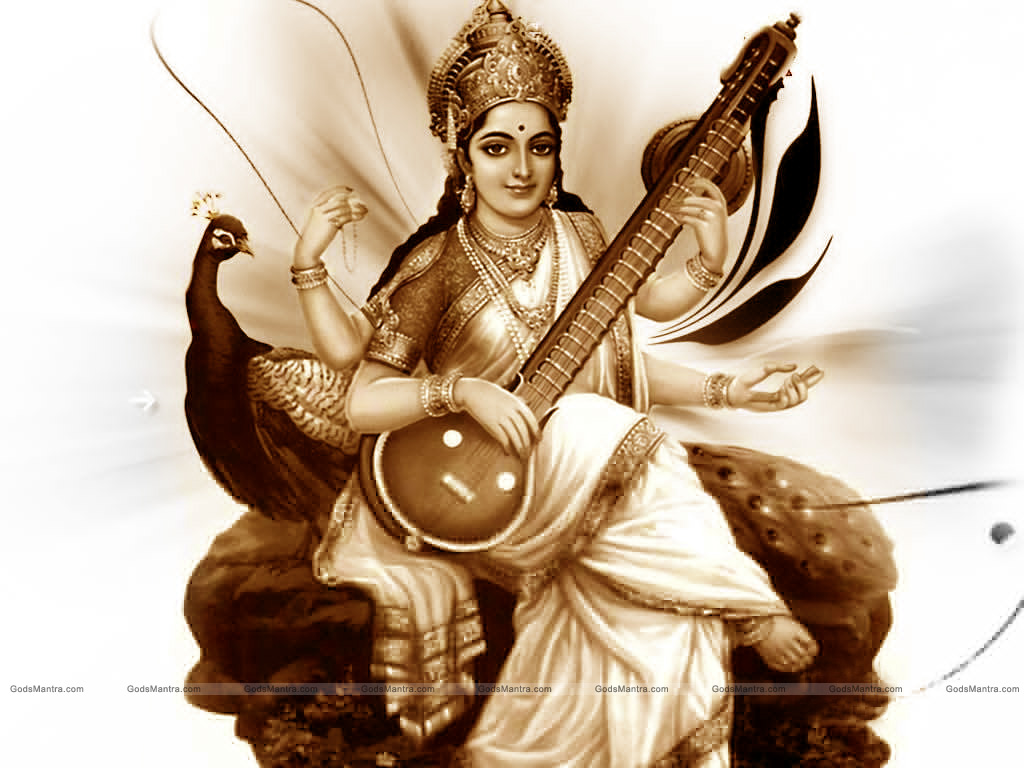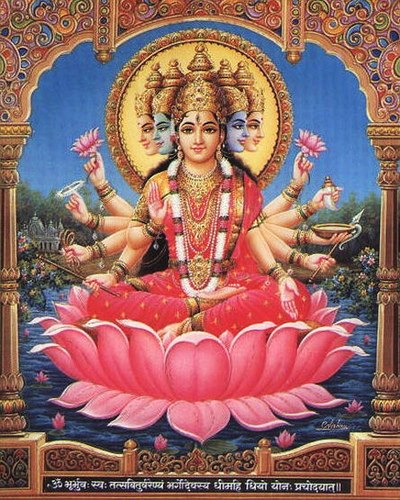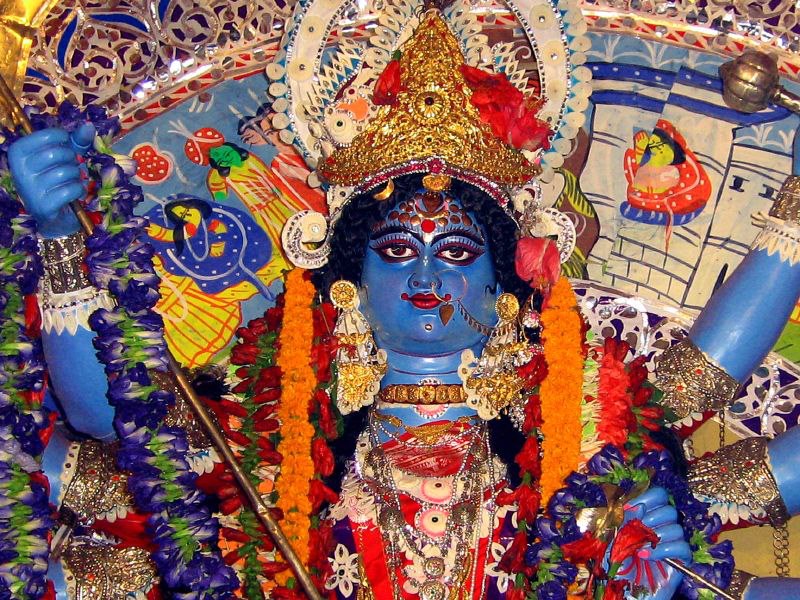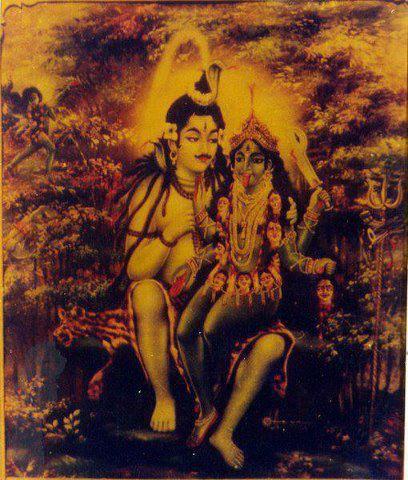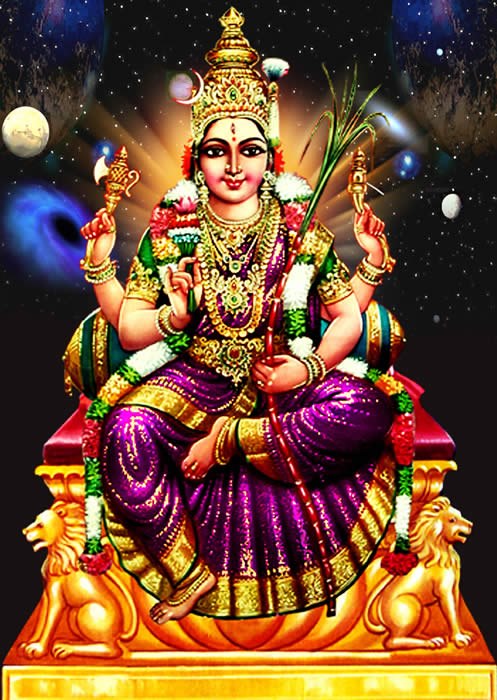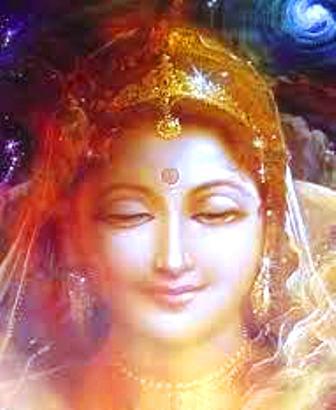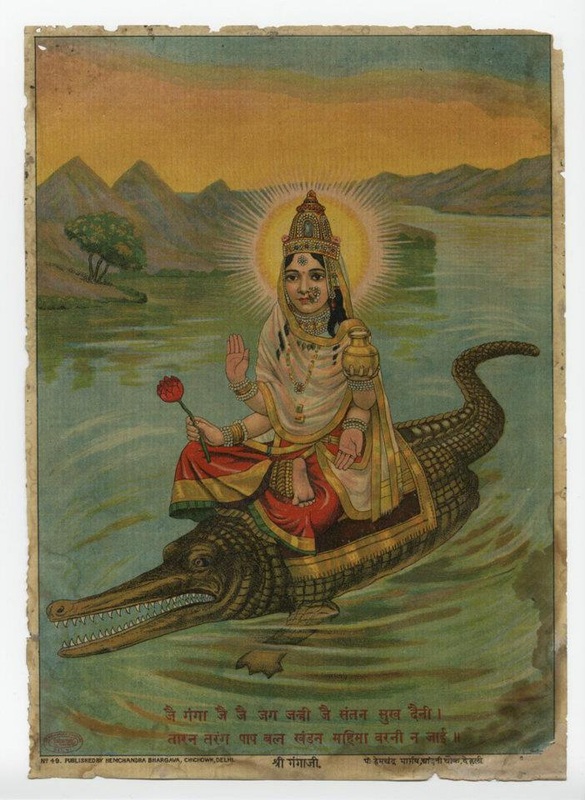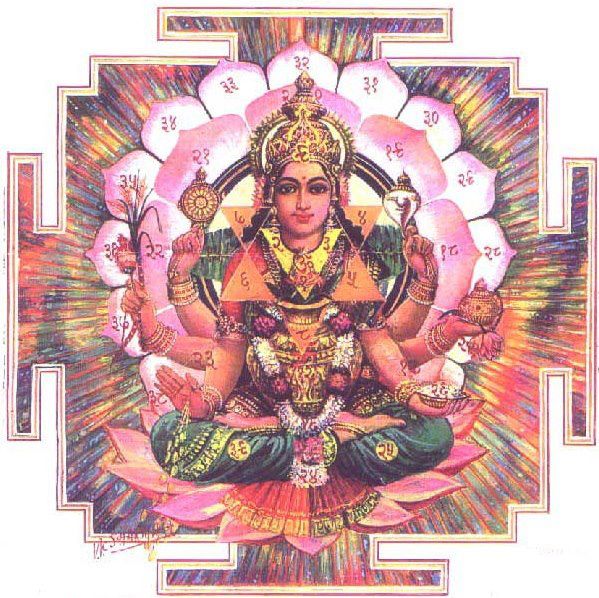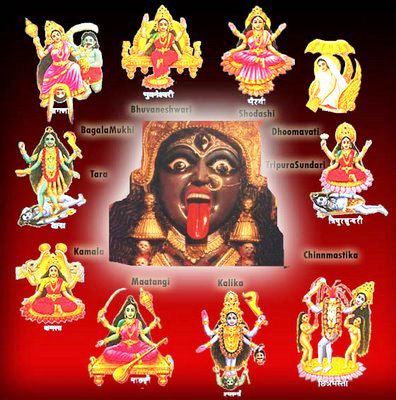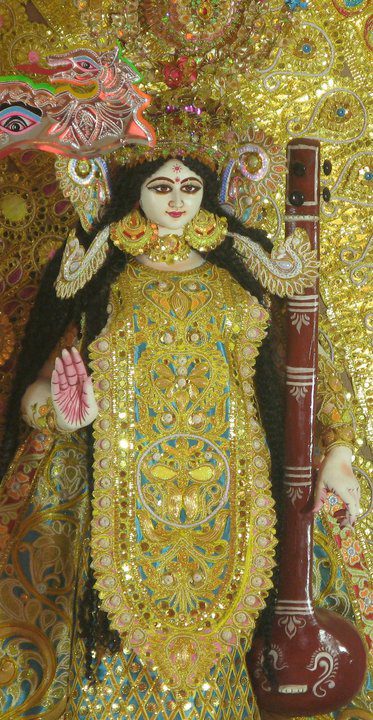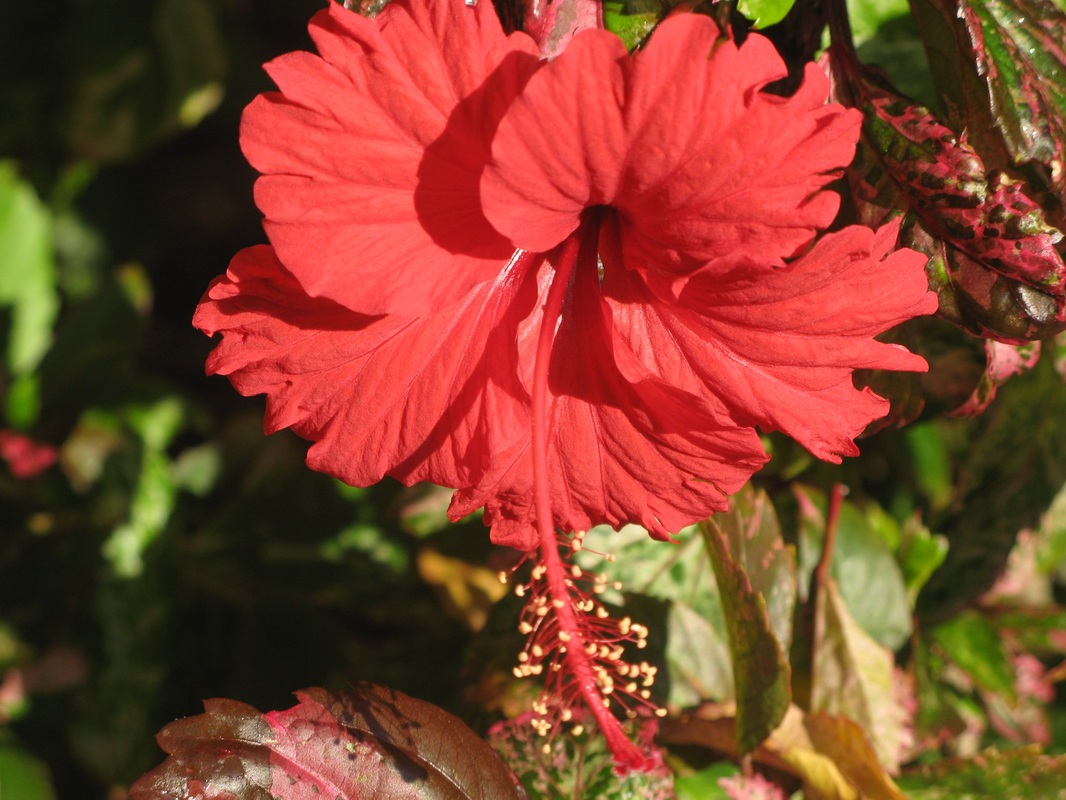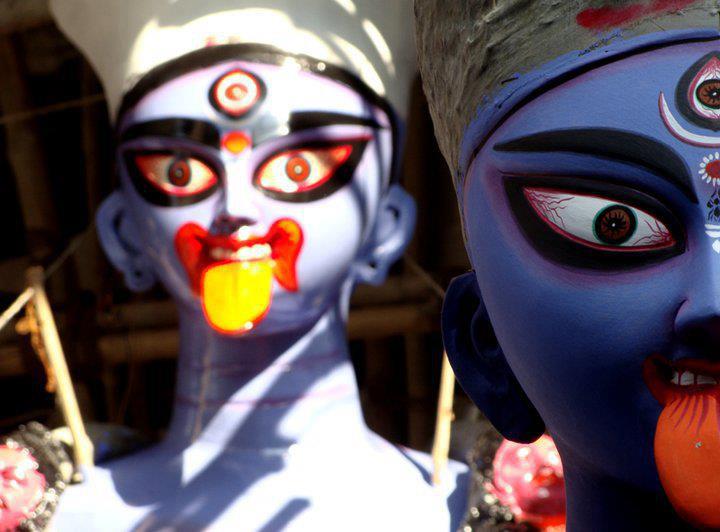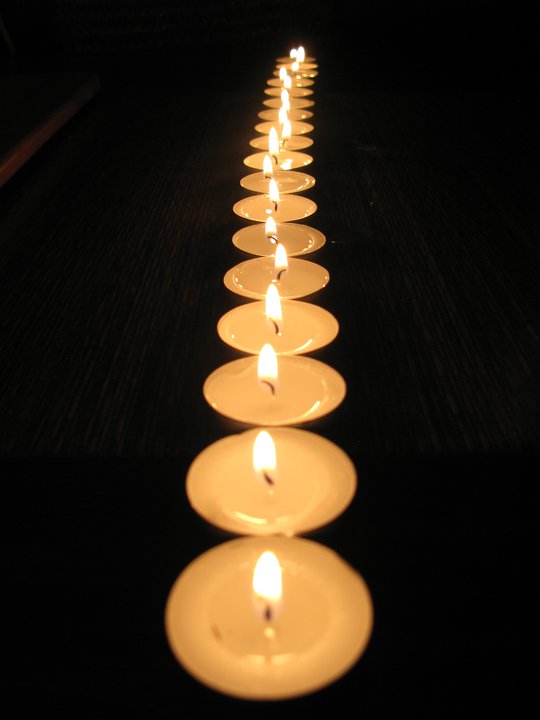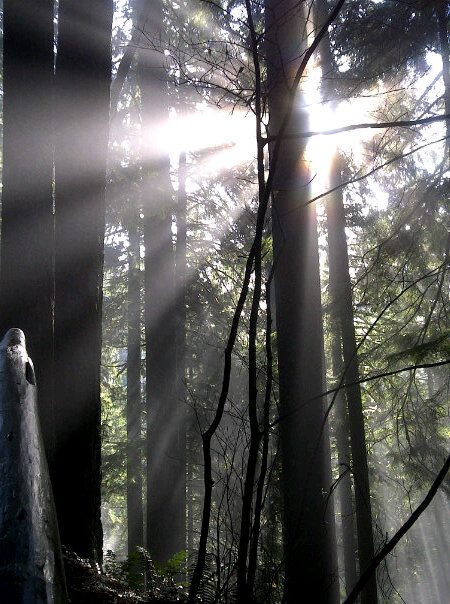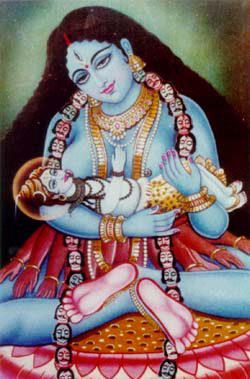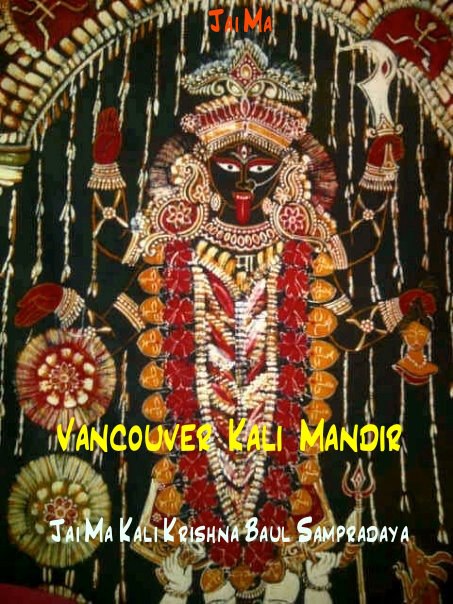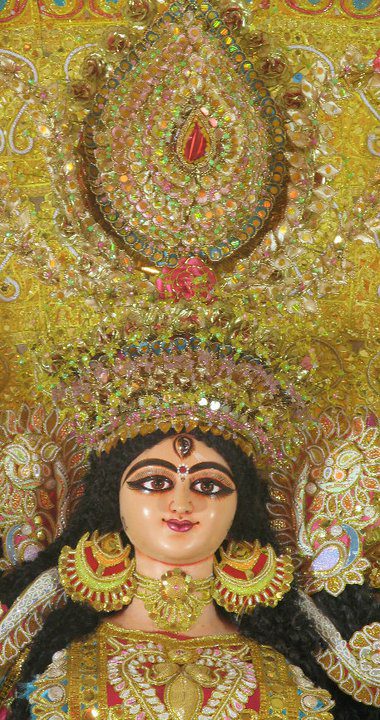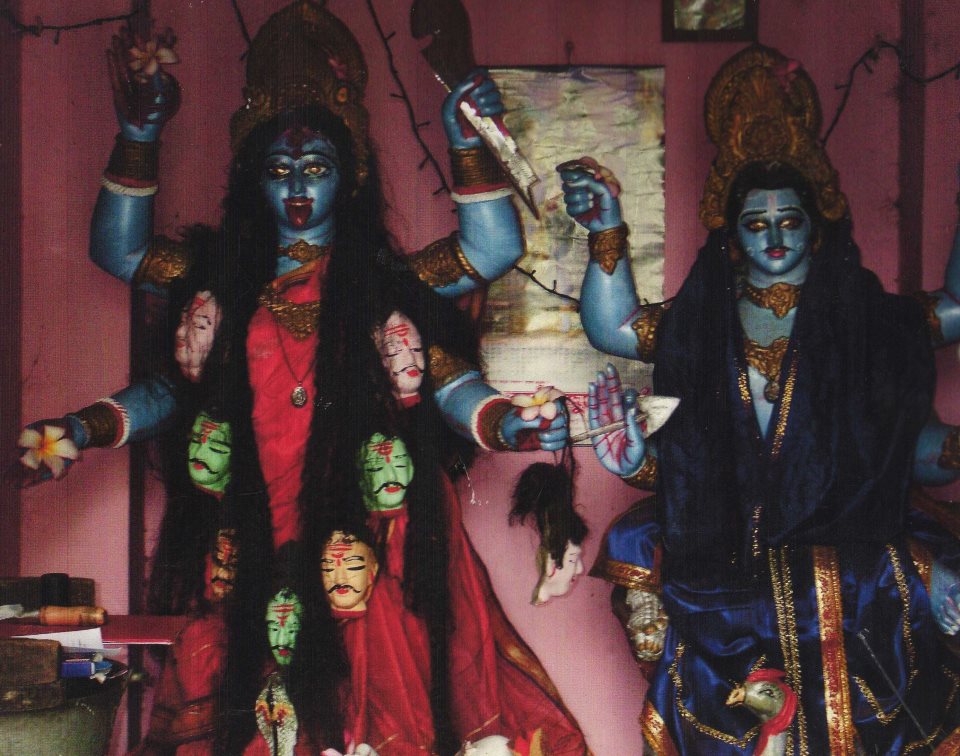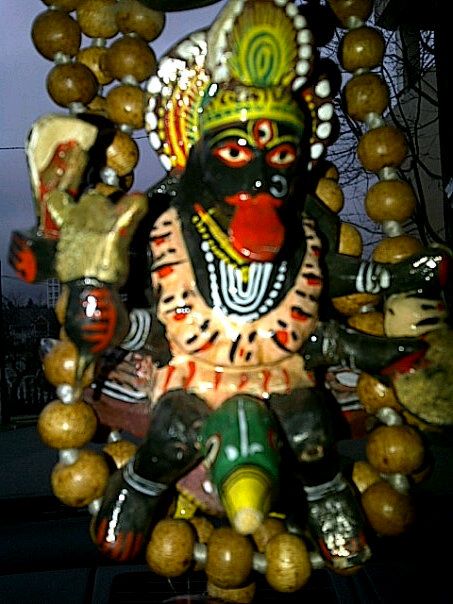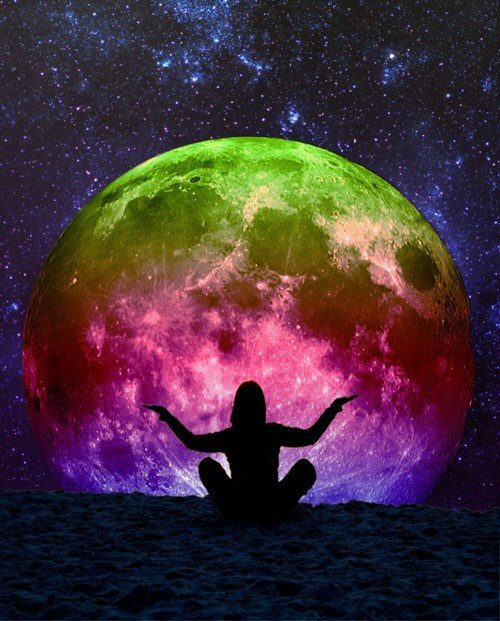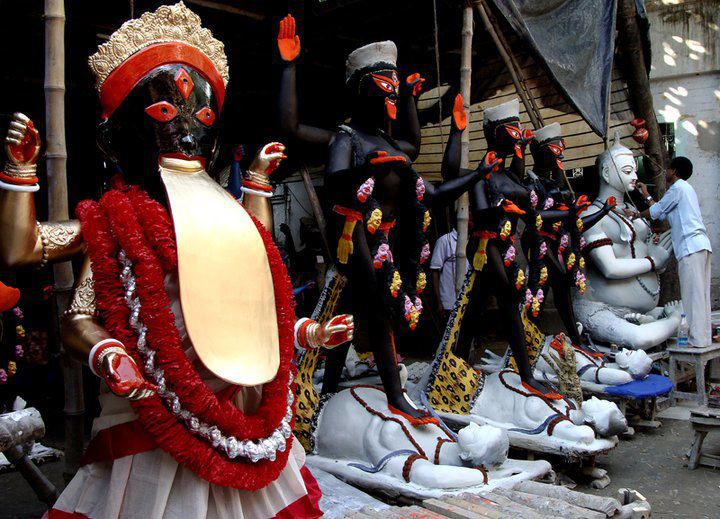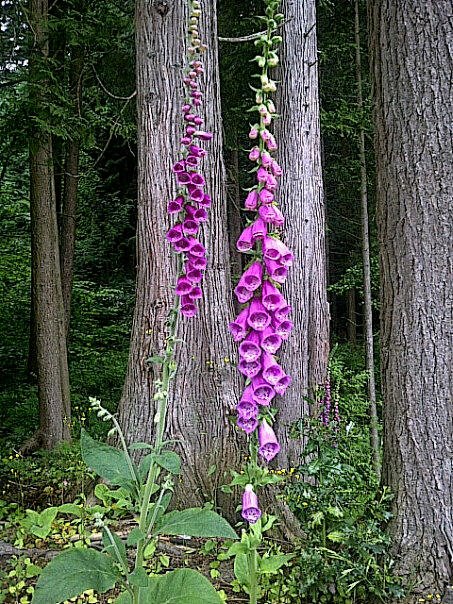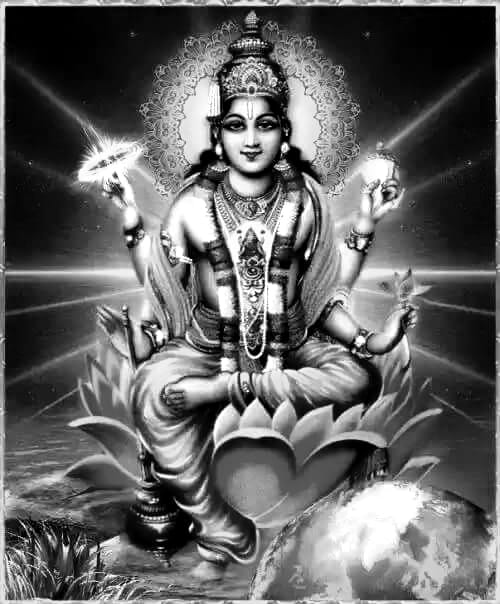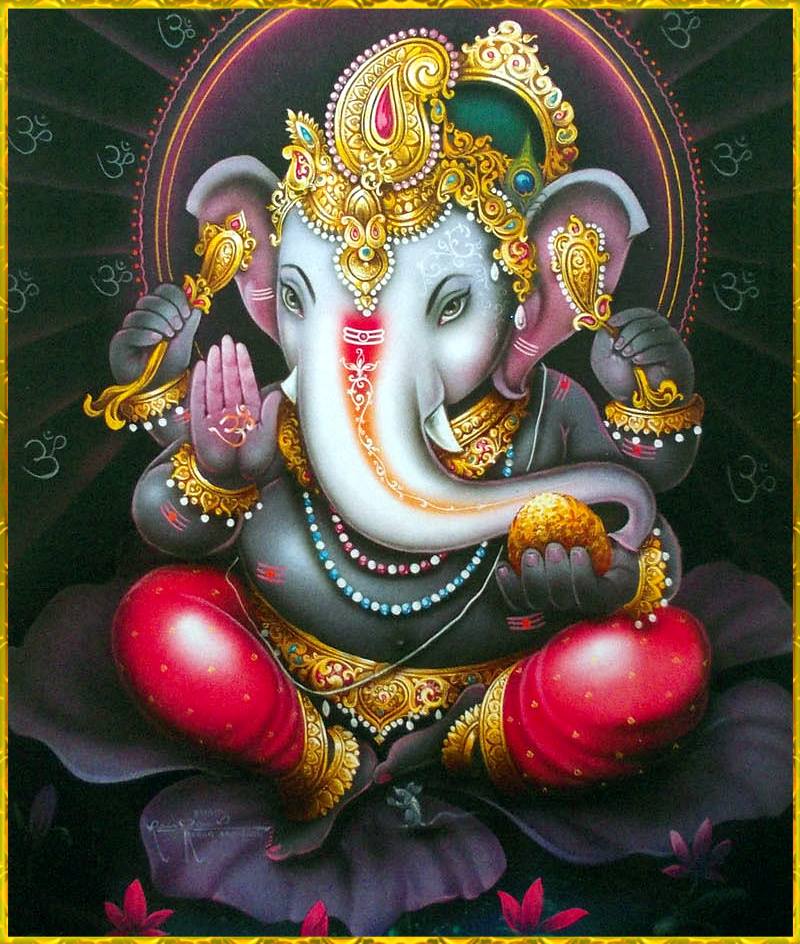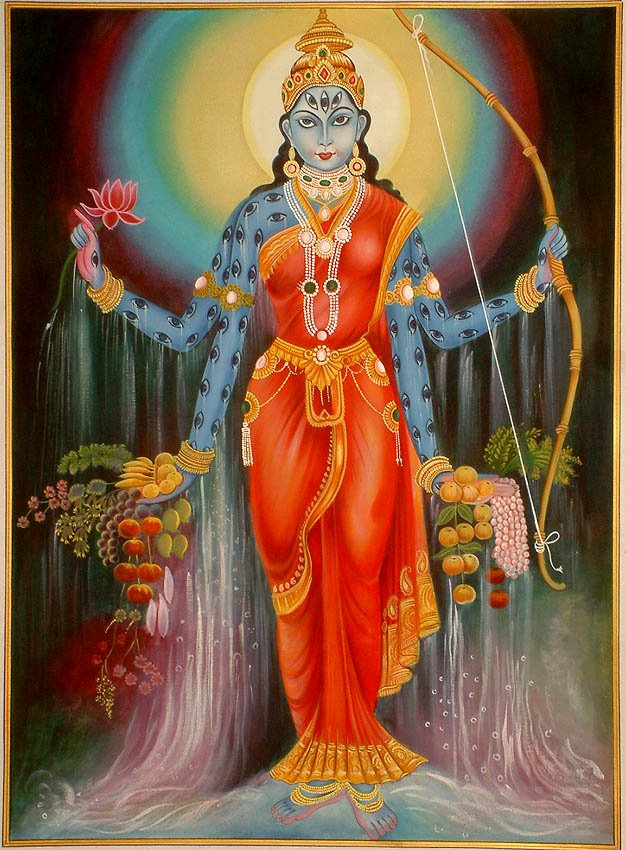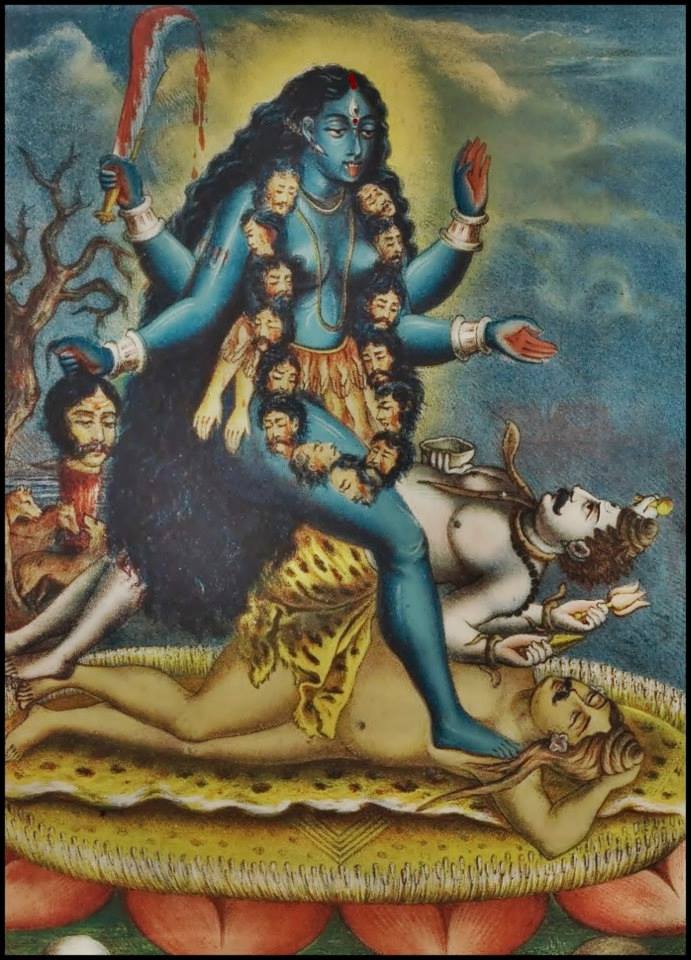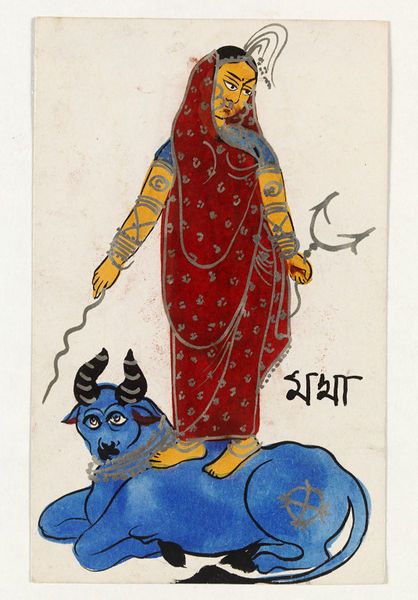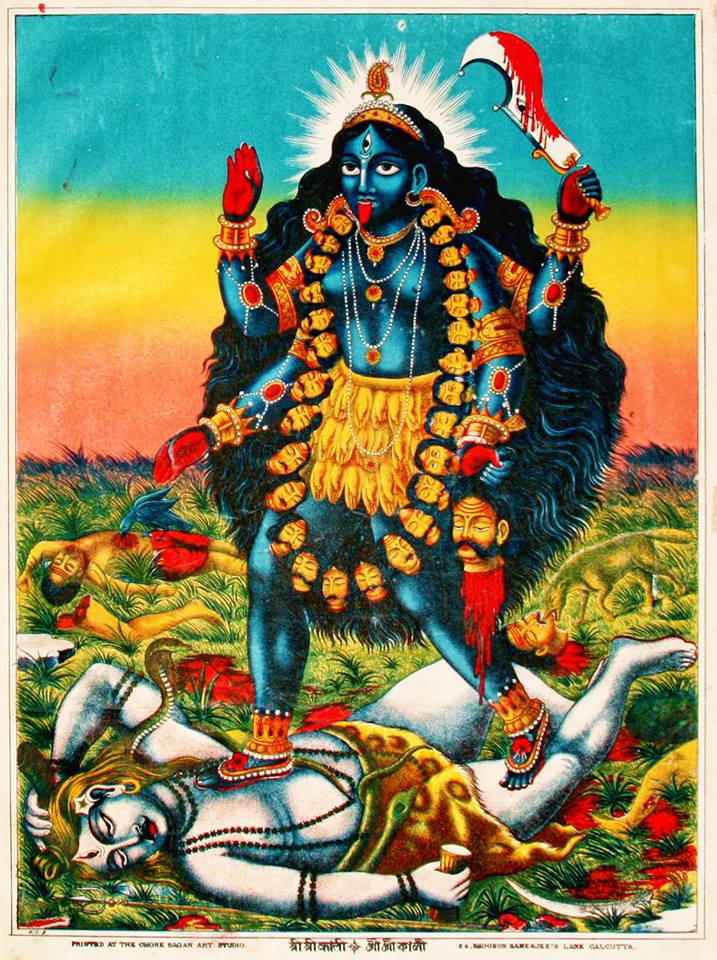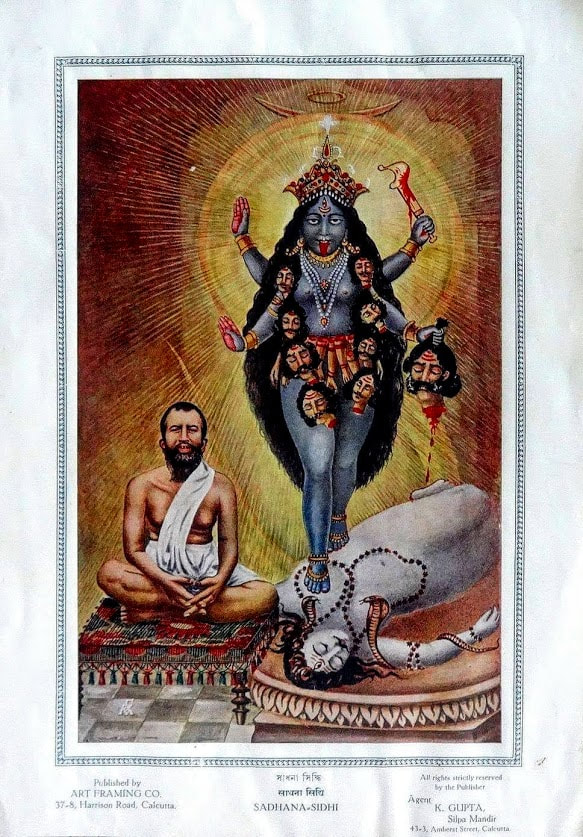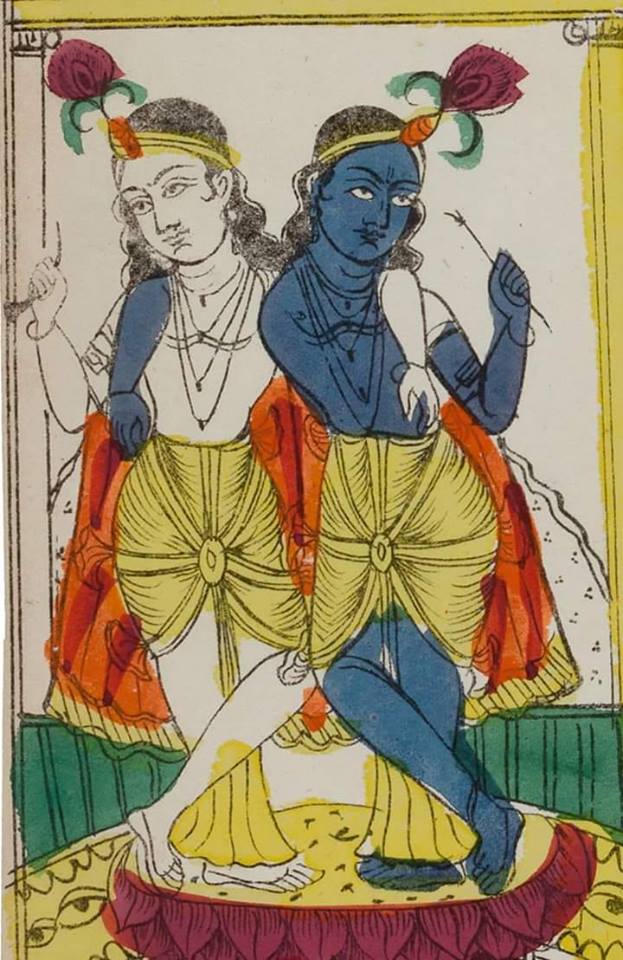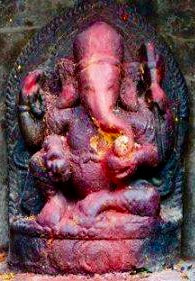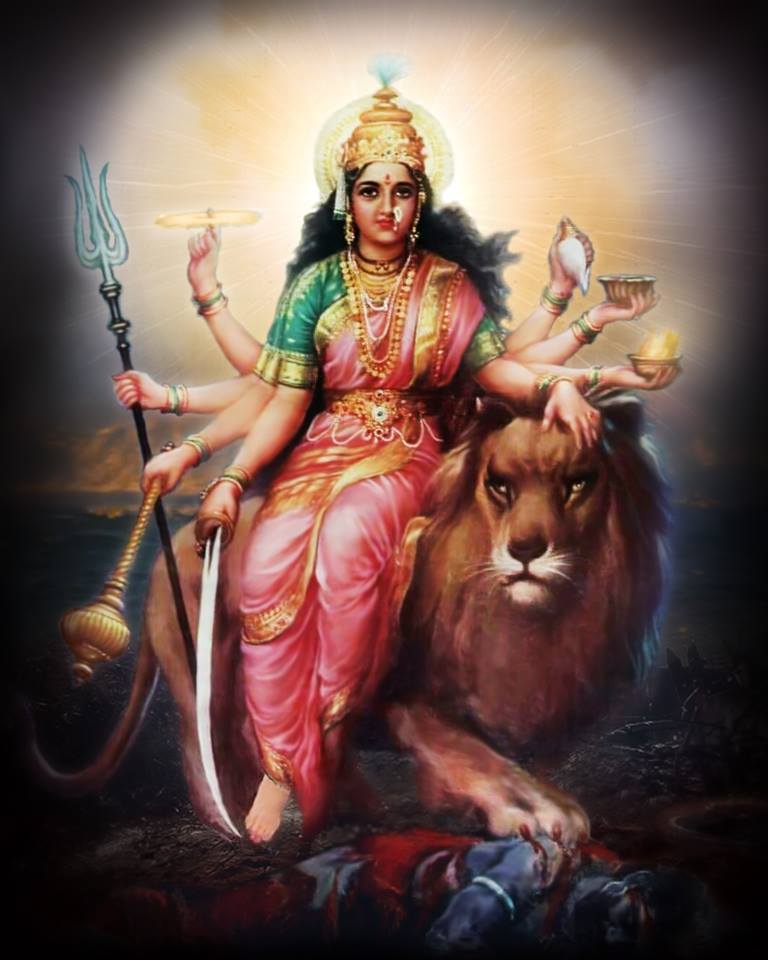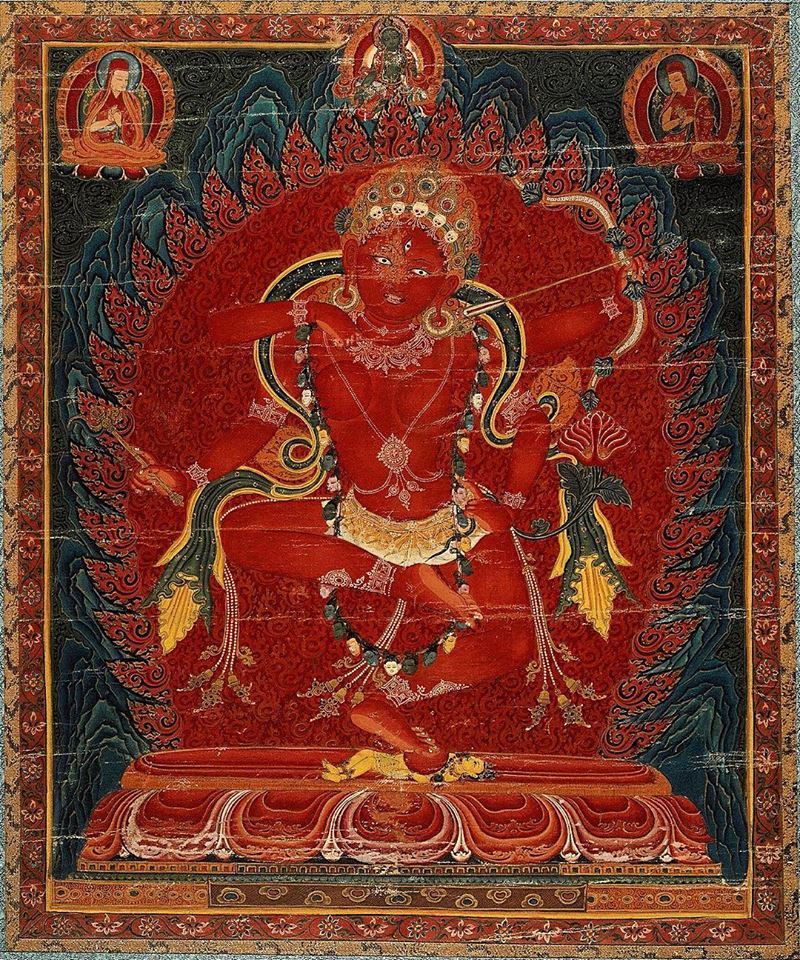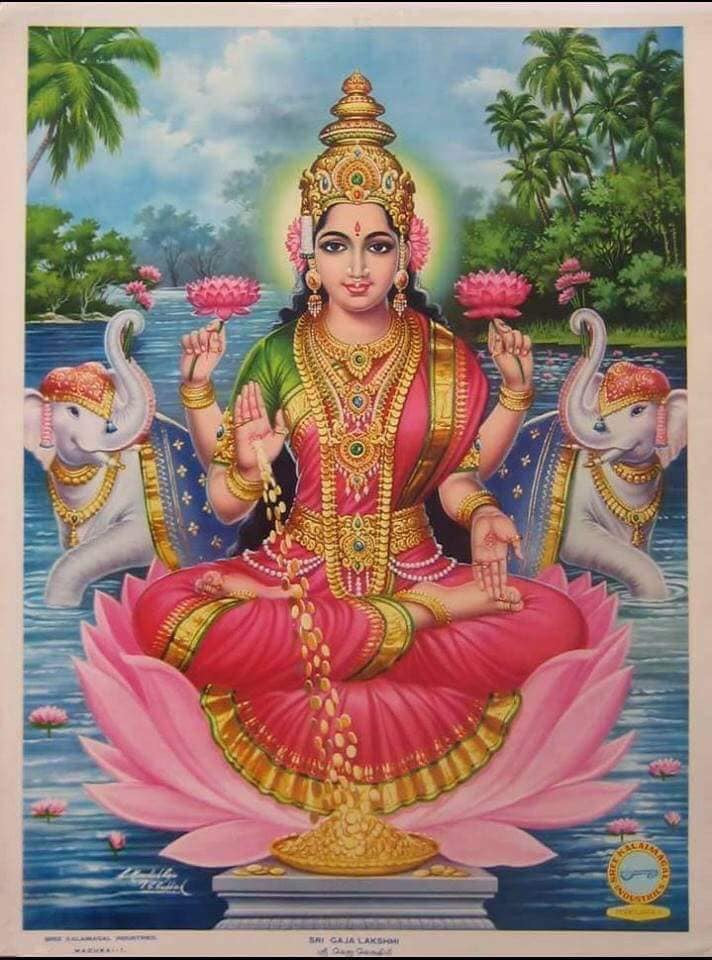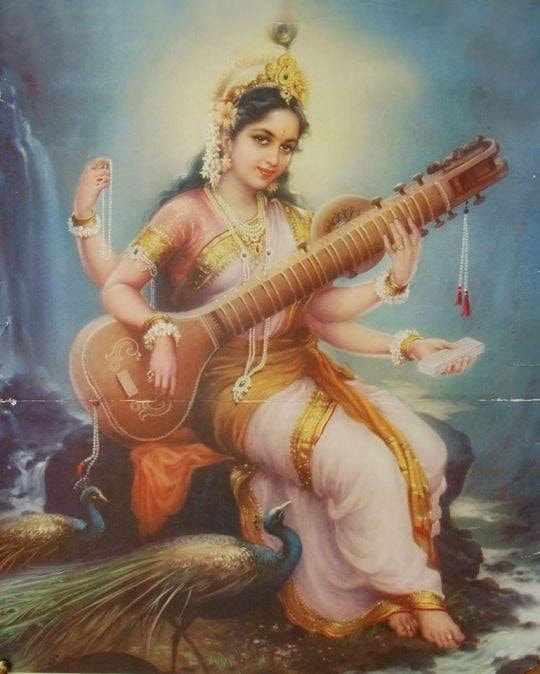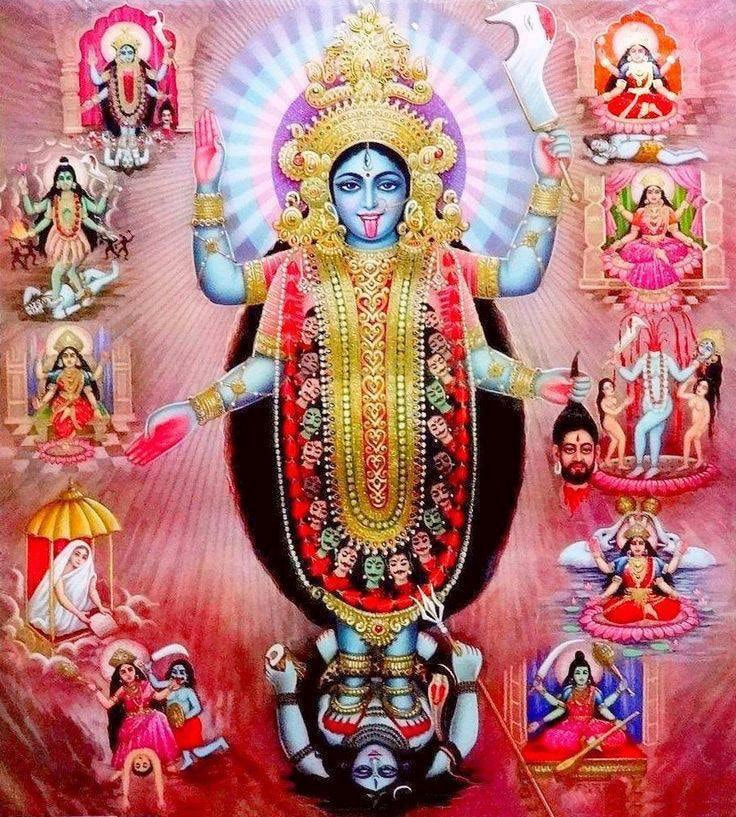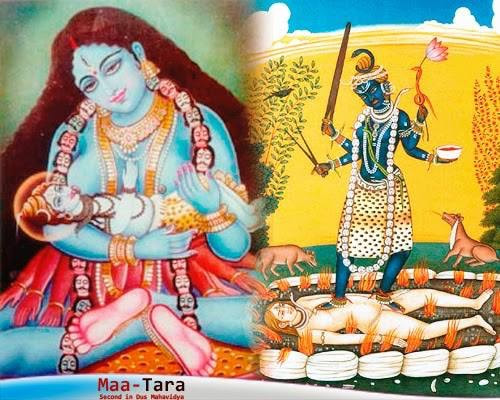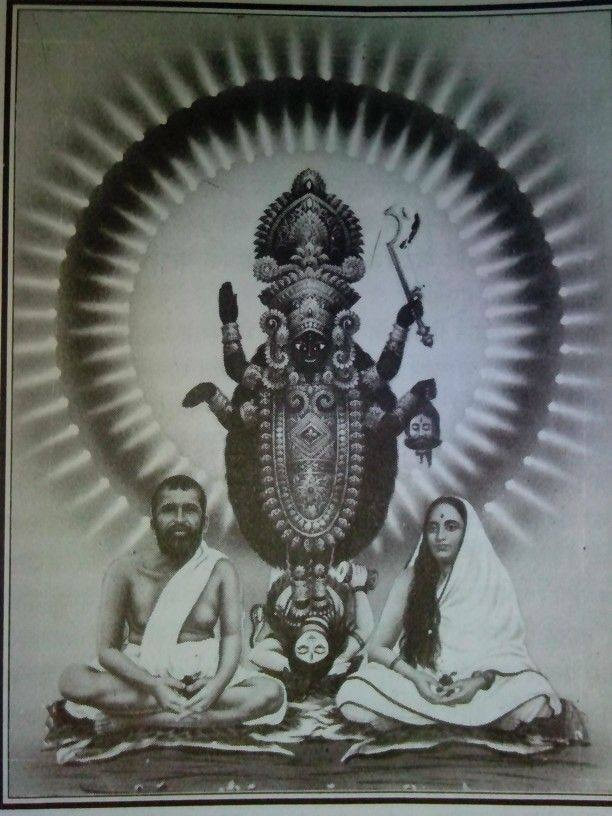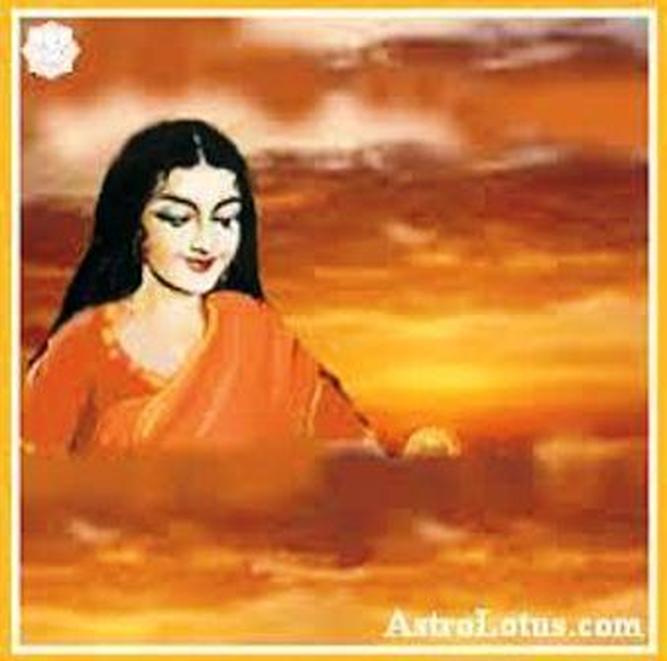
The name Aditi means ‘free’ or ‘boundless.’ She seems to represent the ruler of the boundless earth and heavens. She enjoys a status above and beyond gods and goddesses. As such She is beyond time and space in many ways and is unchained by the rules that bind other beings. This is reflected in one of the interpretations of Aditi; ‘A’ negativing the root word ‘da’ which means to bind. So, she is ‘unbound’ and bringing her worship close to liberation from samsara or for that matter any form of literal bondage.
SAPTARISHI KASYAPA: The seven Saptarishis are Kasyapa, Atri, Vasishta, Visvamitra, Gautama, Jamadagni and Bharadjwa. Collectively they form the Constellation of the Great Bear and married to several ladies. Kasayapa married thirteen of Daksha’s daughters and had a voluminous progeny which included the Adityas, the Daityas and Danavas, the Nagas and Garuda. There seems to be a birth certificate problem with the Rig Vedic phrase ‘Daksha sprang from Aditi and Aditi from Daksha’ so was she the mother or the daughter of Daksha? Probably the phrase makes reference to the eternal cyclic rebirth of the Divine essence and wisdom. According to Shiva Purana, Kasayapa married Daksha’s daughter Aditi and gave birth to the Adityas.
ADITYAS: Aditi’s motherhood is a central theme in the myths. That made her more important than other masculine sky figures. She challenged Vedic patriarchal ideas by being both sky goddess and earth goddess. This was a move from the old dual principle of Sky Father- Earth Mother; Dyaus Pita-Prithvi. In RV Mandala 1.106.7, her mothering presence is apparent to those who petition her. Thus she is sometimes identified with a nourishing cosmic cow and the feminized form of Brahma. It is no surprise that she is prayed to by those who need safety or assistance in the welfare of family life. The twelve Adityas are Tvasta, Savita, Bhaga, Vivasvan, Aryama, Varuna, Mitra, Urukrama, Vidhata, Dhata, Satru, and Indra.
DITI: She is Aditi’s sister and among the sixty daughters of Daksha. Diti is an earth goddess and the mother of the Maruts with Rudra. She too later married Kasayapa and becomes one of the thirteen wives. Obsessed with power, Diti is said to be mean and cruel to Kasayapa and Aditi. She wanted a son more powerful than Indra. She practices black magic to retain the fetus for a year. Learning this, Indra sends his thunderbolt to splinter the fetus into fragmented Maruts.
VISHNU: Aditi’s descriptions are not without contradictions. Vishnu is described as Aditi’s husband in some places of the Vedas but Vishnu is generally believed to be born of Aditi and Saptarishi Kasyapa. Kasyapa is the manasputra of Lord Brahma. This child grows up to be Vamana, the dwarf. Vamana approaches the generous King Bali to ask for three pieces of land. But then Vamana grew so large that he occupied two places covering heaven and earth and won back for the Gods Bali’s kingdom. Finally Vamana relinquished his rights to the third place to grant Bali dominion over the remaining area of the universe, the nether lands of Patala. Bali was also given right of access to his lost kingdoms once a year. This event still sees some form of celebrations even now.
Aditi’s role is spread beyond being the mother of gods. She is said to have bore Vishnu twice in different incarnations. First as Vamana through Saptarishi Kasyapa. The second was as Devaki, mother of Krishna through Vasudev. It is for this reason that Vishnu is sometimes referred to as Aditi.
INDRA: He too acknowledges Aditi as the mother and Kasyapa as the father. It was Indra that is linked to the earring story produced during the churning of the milk ocean. This earing was stolen by the demon Naraka but recovered by Krishna and eventually brought back and handed over to Indra.
SURYA: Vedic Surya absorbed the characteristics of all three sun gods; himself, Savitri and Vivasvat. Thereafter he was no longer said to be one of the three sons of Dyaus but rather shared the status of Savitri and Vivasvat to be the son of Aditi and Kasyapa. Otherwise, Surya is also considered as the son of Brahma himself.
VARUNA: He is the cosmic guardian of universal laws. He started off as the prime mover of the universe. He retained the rights to punish those transgressing these laws and for this reason he carries a rope with which to tie them up, symbolic of the sins which they fetter themselves in their ignorance. His ordinances were inscrutable. But he kept his elevated position for a relatively short time. The first change came with the advent of Varuna, Mitra and Aryaman triad. Varuna’s jurisdiction was split as Mitra could also bind humans with their sins as the guardian of the day. Varuna was pushed down the slot to become guardian of the night.
The Varuna, Mitra and Aryaman triad gave way to another triad, Agni, Vayu and Surya. Vayu later gave way to Indra. Agni is the Earth God; Vayu or Indra are Gods of the Atmosphere and Surya becomes the God of the Sky. Here again, Agni is closely united with Vishnu. By the Upanishadic periods, it is Vishnu and not Indra that shined as the most important Vedic gods. With Siva’s advent very high up the Hindu pantheon, Vishnu made amends as Hari Hara and both were counted as one deity. This ran contrary to Brahma, Vishnu, Shiva Trinity. However, despite his destructive Trinity role, Shiva, erstwhile denied his Rudra connections and roots, makes a comeback to be the most spoken of and revered Hindu god.
The second change came when the Adityas were joined by nine other gods, of whom Indra was to become the leader. This membership of the group brought a change in function and the adityas became minor gods representing the Sun in its twelve annual phases.
VIVASVAT: Some of Aditi’s children did not assume any prominence. One of them, Marttanda, was more commonly known as Vivasvat. When the Adityas were born, Aditi is said to have cherished the first seven but she felt no love for the eighth. So he was born in the shape of a lump which got thrown away. It was said to be taken up by the divine artificer and molded into Vivasvat. He turns up to be a mighty deity and enjoyed a role more of a husband then as Aditi’s son. He was married to Saranyu, the daughter of Tvashtri. Despite being a grand wedding with devas and god’s attending the feast, the bride bolts off by night. So another bride had to be created in the likes of Saranyu. Vivasvat was still deemed to be ‘double-wifed’ and in that happy marriage were born two pairs of twins, Aswins and Yama and Yami. Notwithstanding, over time, Surya surpassed Vivasvat in importance.
YAMA: Aditi’s grandson was not without rivals. He was challenged by the delights of and splendours of the heavens of Varuna and Indra. However Varuna, now the lord of the ocean, was no longer the judge of the dead as he sat with Yama to sit in judgment. Chitragupta was also gaining prominence as Yama’s accounts keeper of the deeds of men. But Varuna still got the attention of other minor deities such as the Adityas, the Nagas-serpents, Daityas and Danavas, the ocean demons, the spirits of the rivers, seas and waters. Indra’s heaven thus became Swarga while Yama retained his powers over Yamalokha.
KAILASH: There existed troops of minor deities while Lord Shiva ruled from the Kailasha mountains,. For one, the Ganadevatas, commanded by Lord Ganesha, included the Adityas, that is, in their late minor form representing the twelve annual phases of the sun. The adityas, in Shiva’s lokha simply joined others like the Vasus who personified various natural phenomena and attendants from Indra’s swargalokha, Sandhyas, the twelve sons of dharma, those who personified vedic rites, forty nine Maruts or Rudras, other storm deities and children of Diti. There were others, the 88,000 manifestations, who now become Shaiva Siddhas with great occult powers from their penance to Lord Shiva.
ELEPHANTS: The unused parts when Vivasvat was created fell to earth and transformed into elephants. It is for this reason elephants partake of the divine nature as they are also deemed to be Aditis children.
Hara Hara Mahadeva
by Yogi Ananda Saraswathi
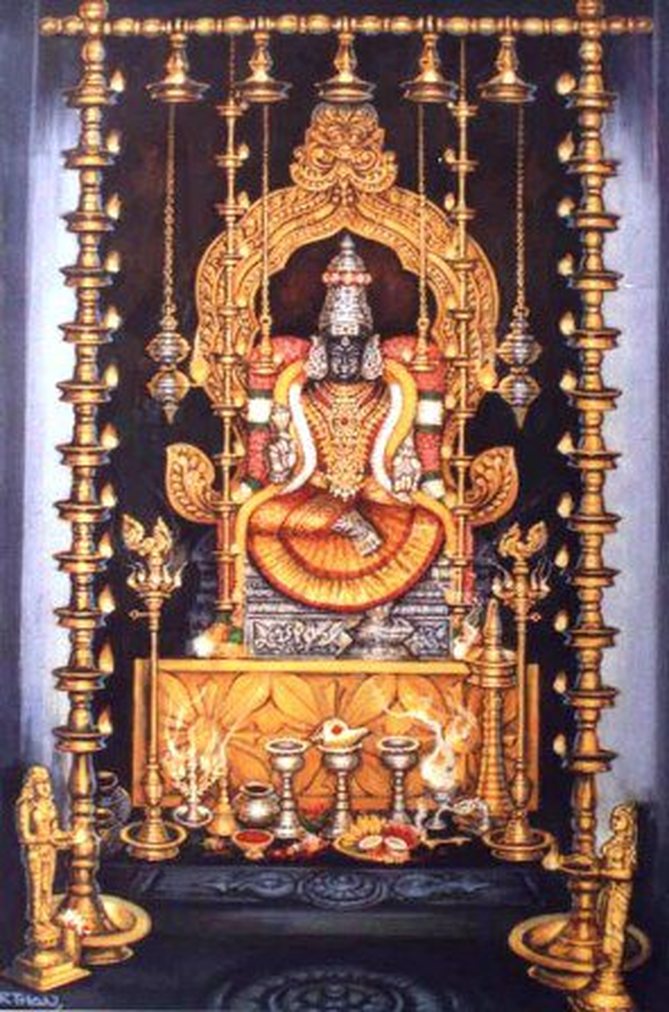
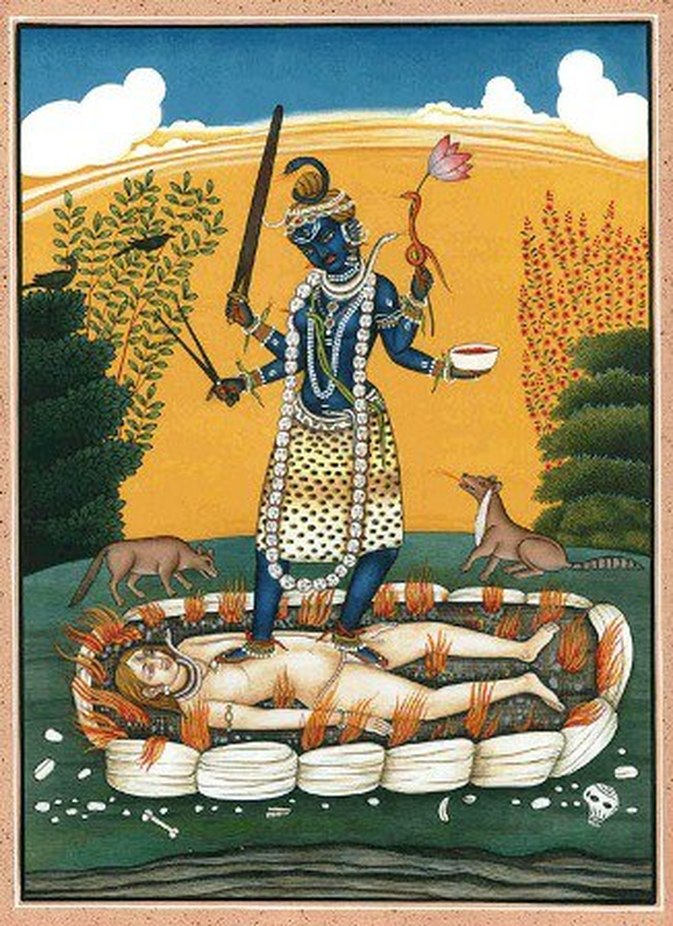
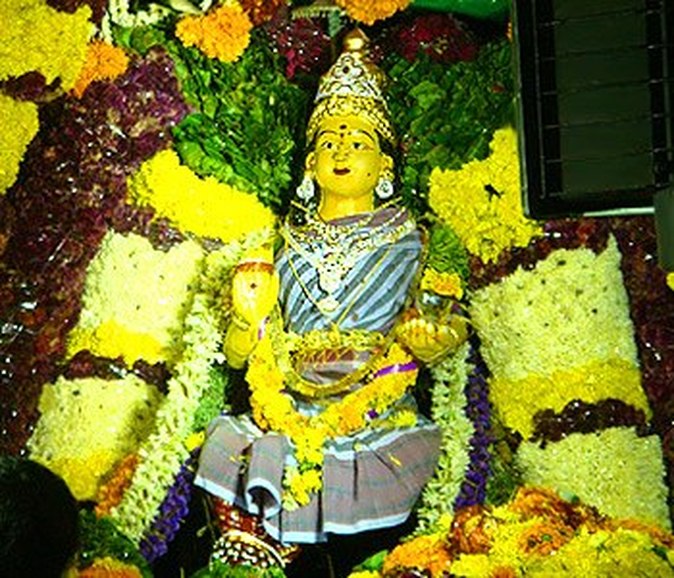
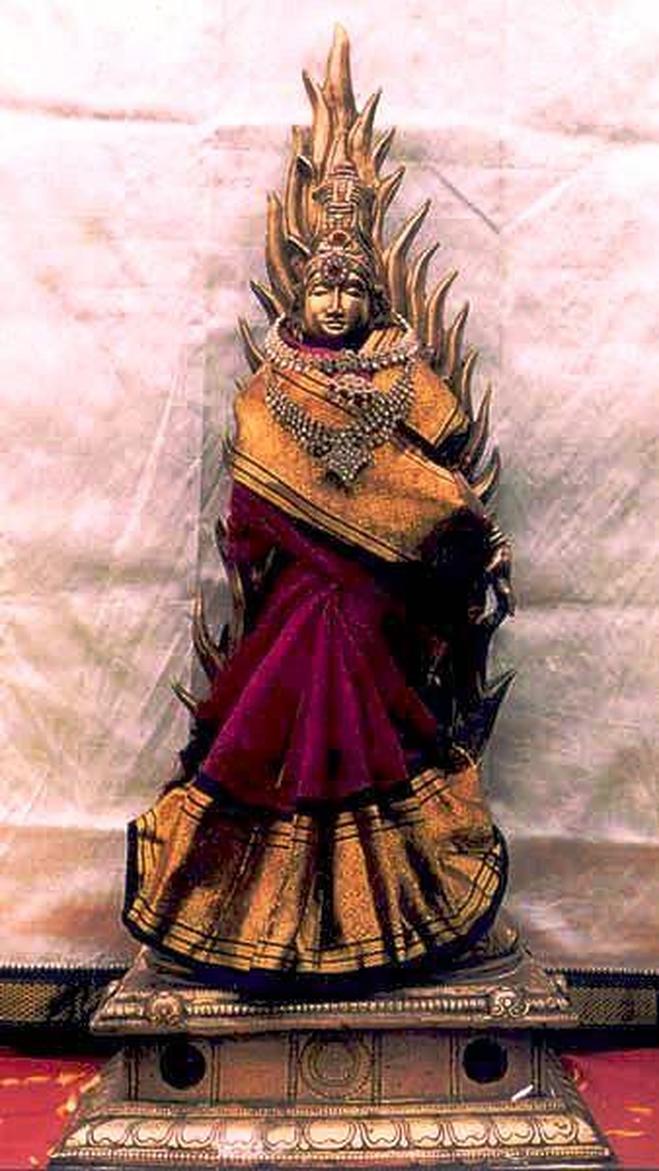
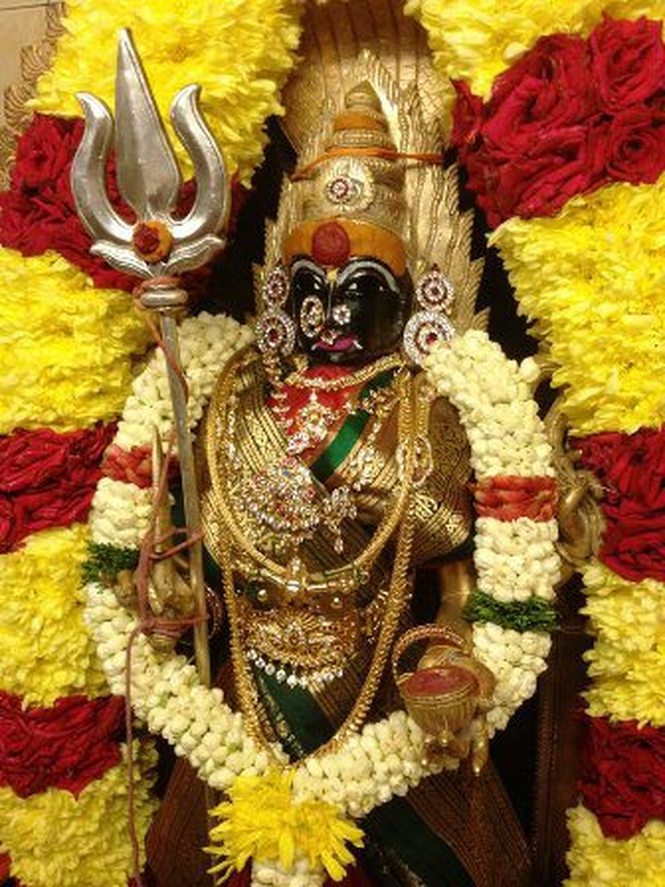
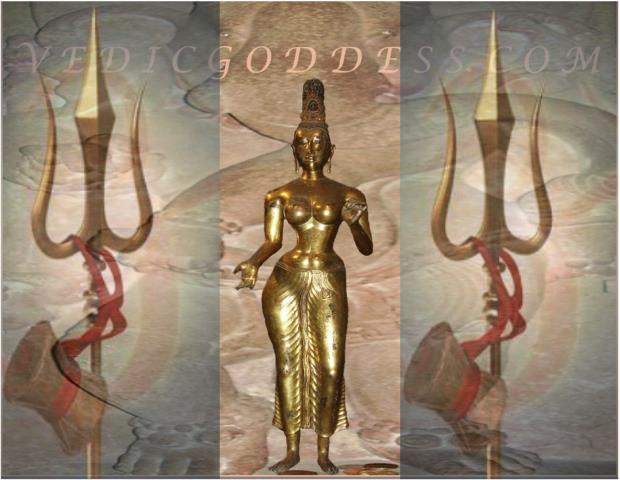
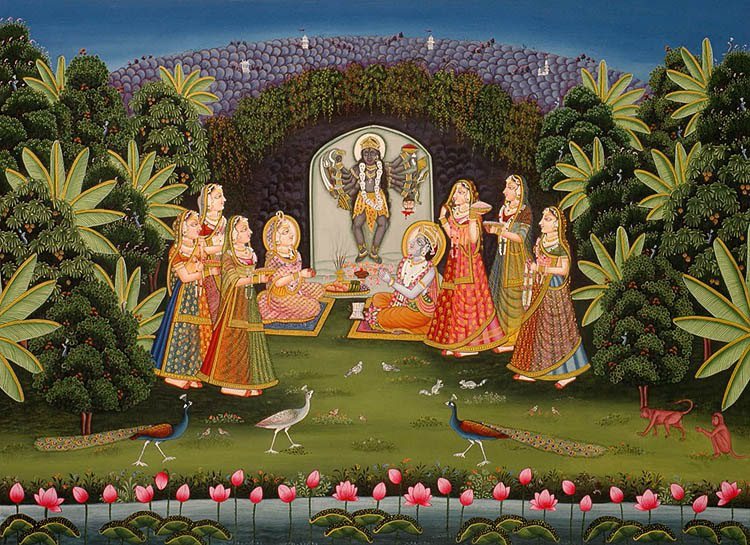

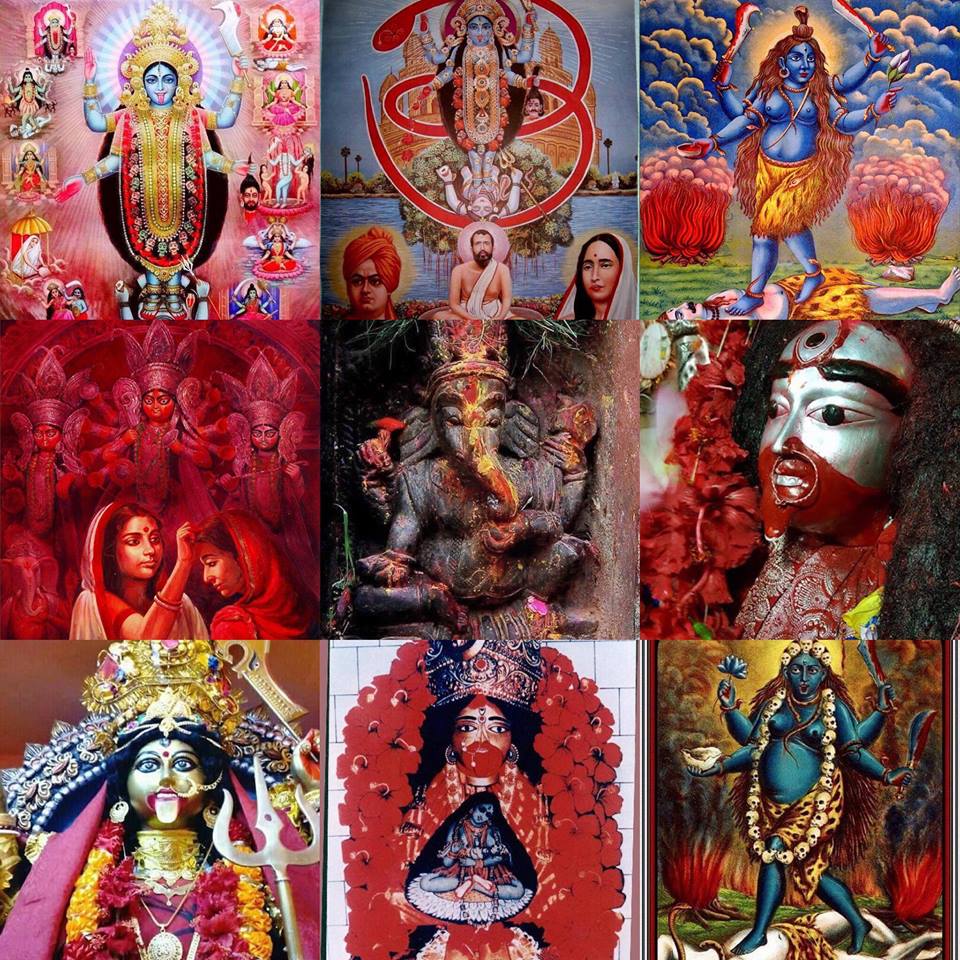
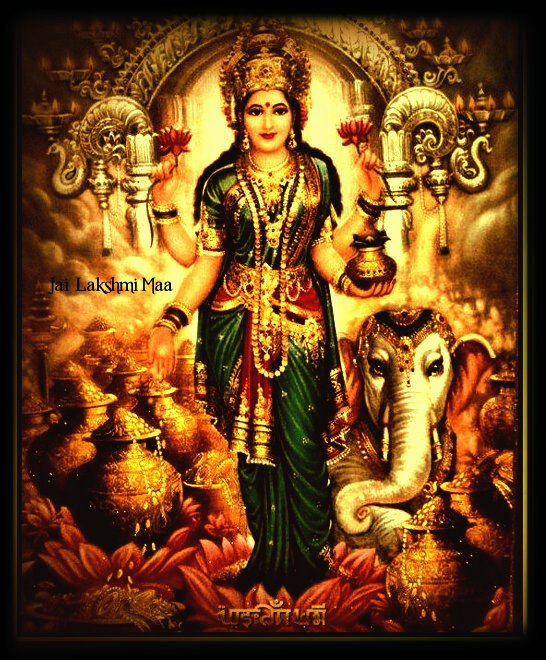
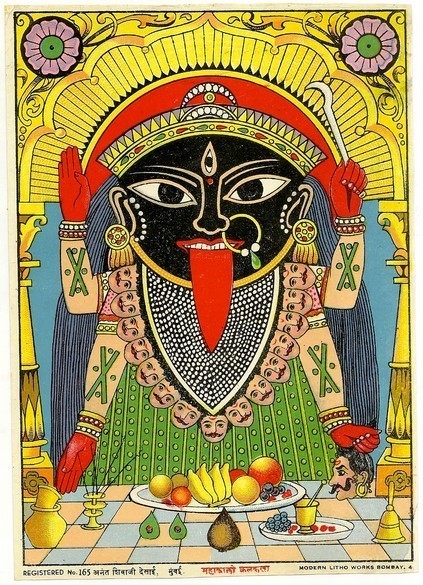
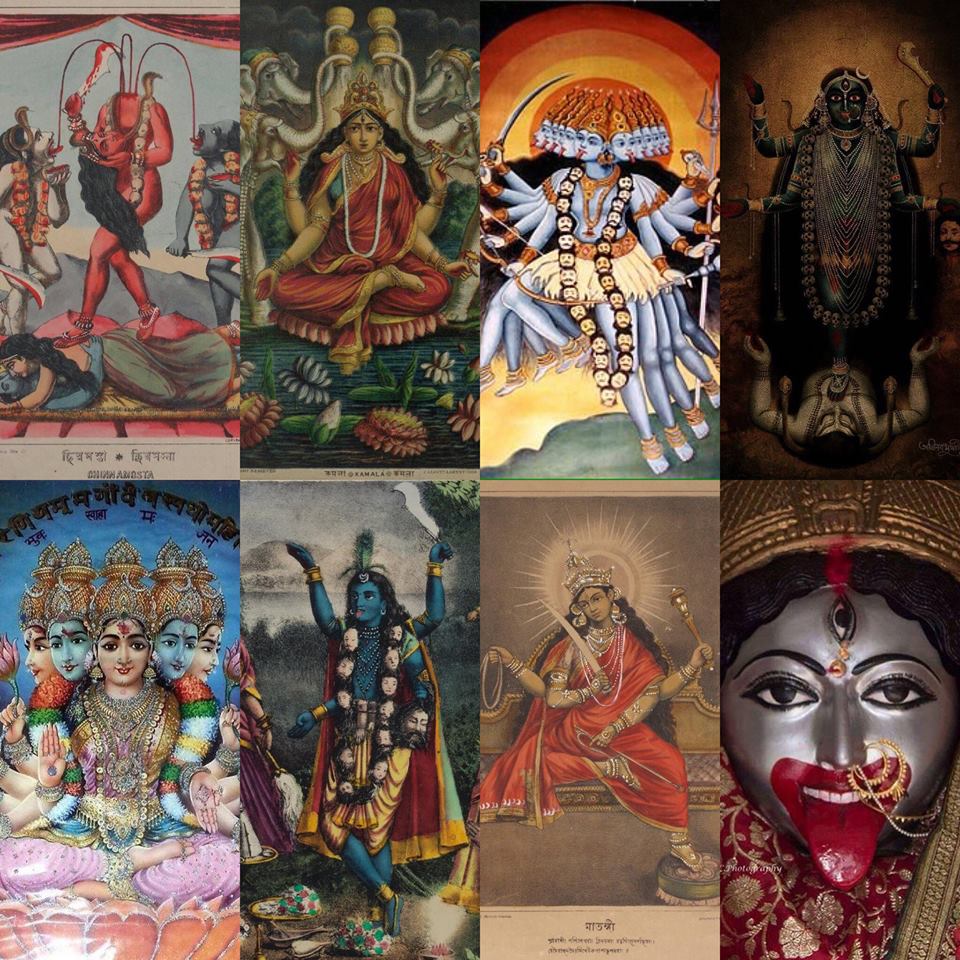
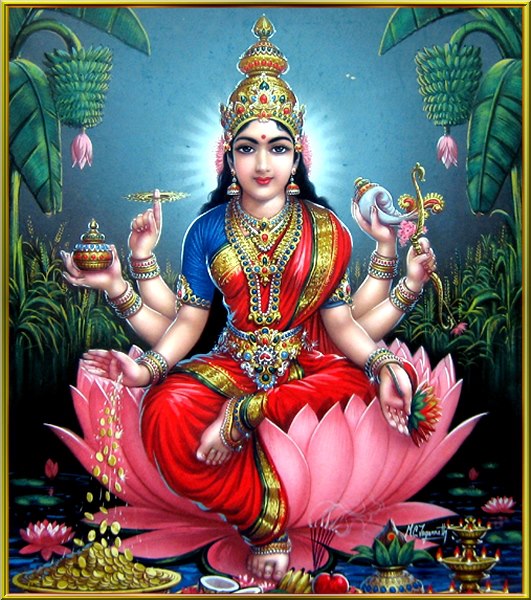
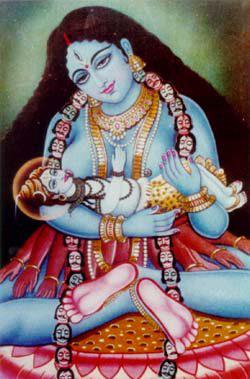
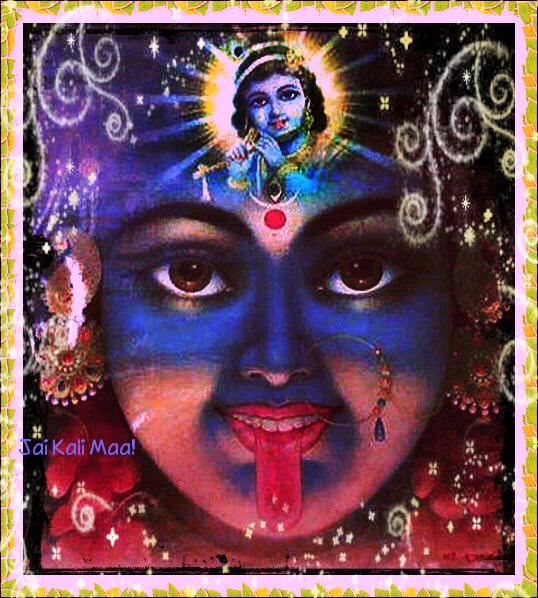
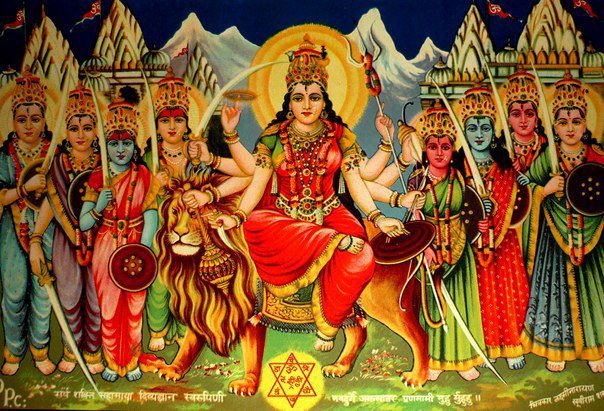
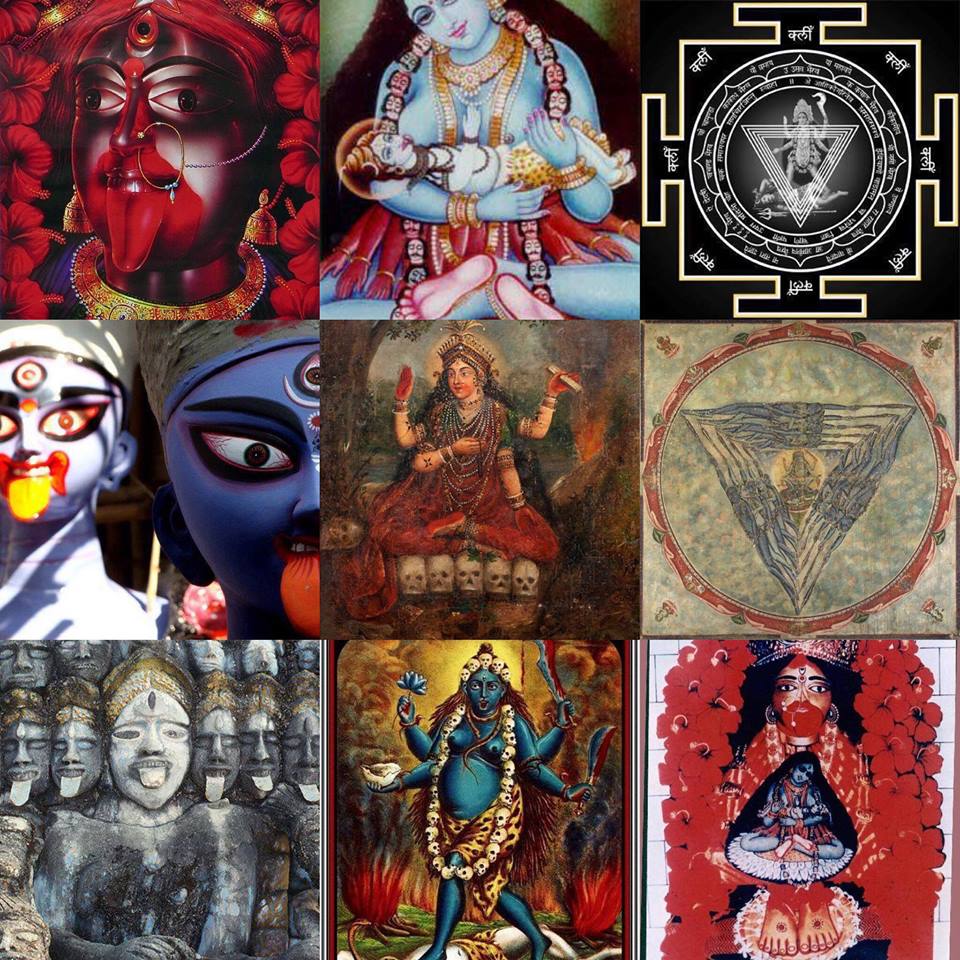
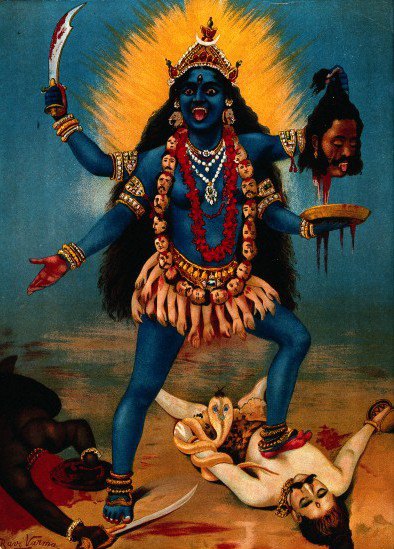
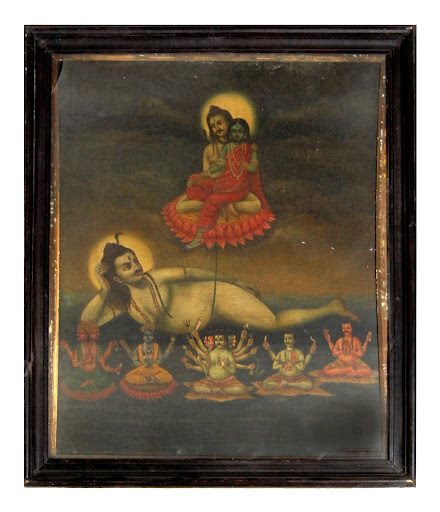
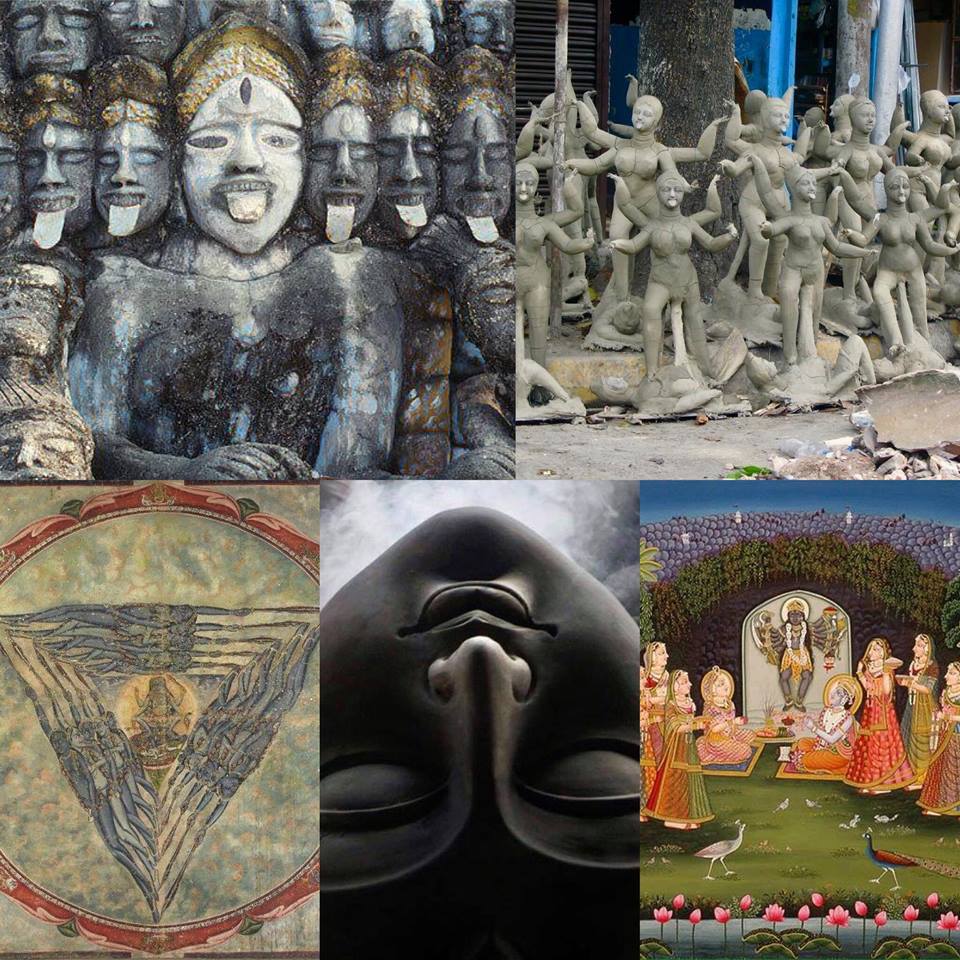
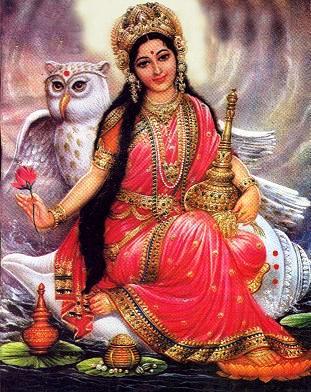
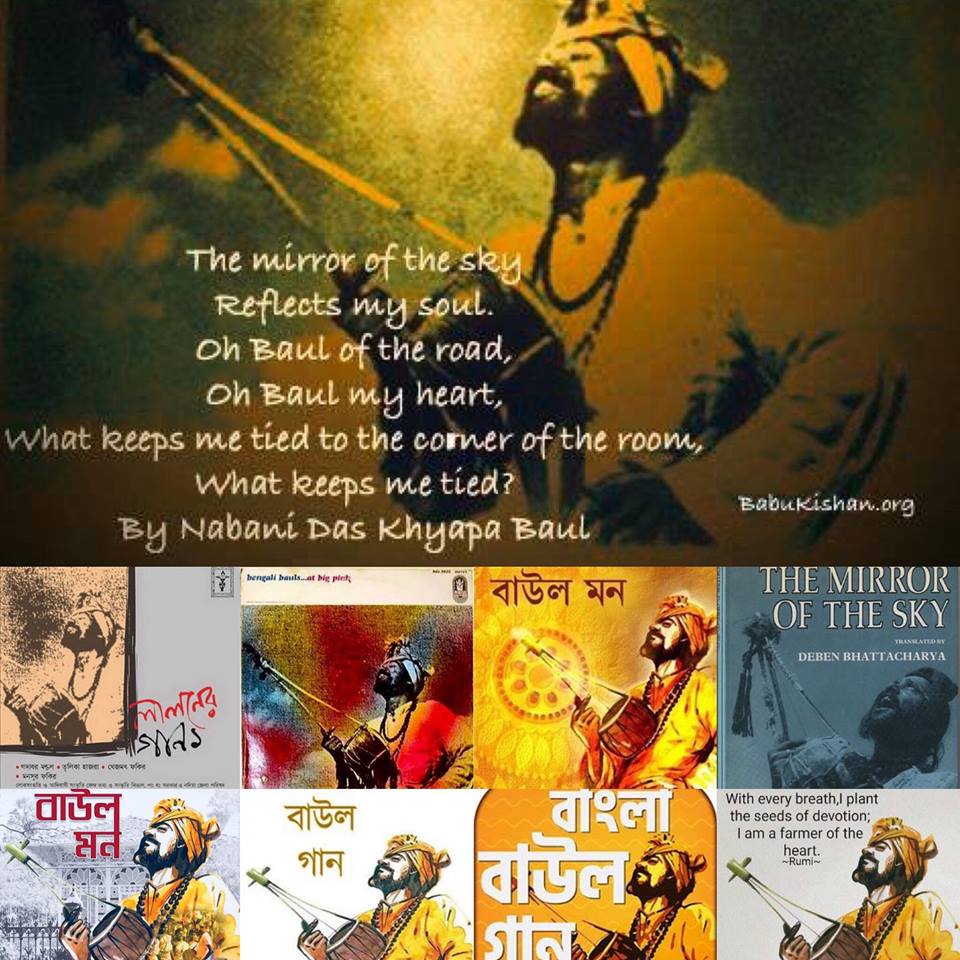
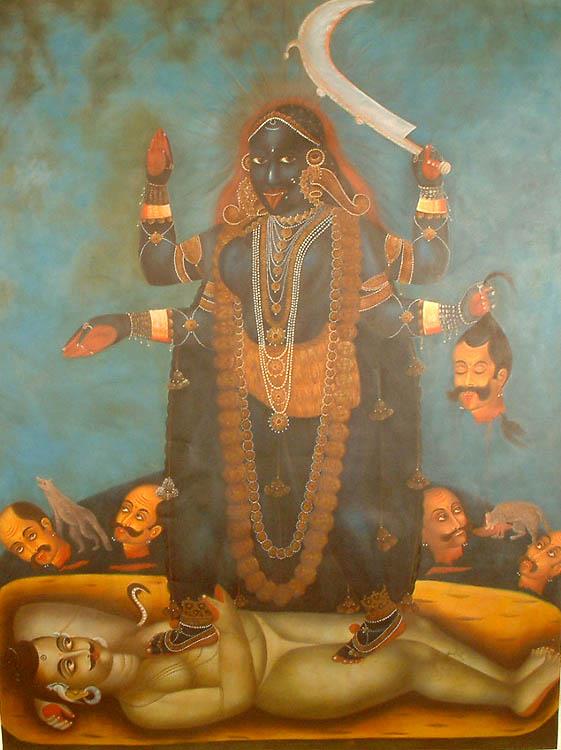
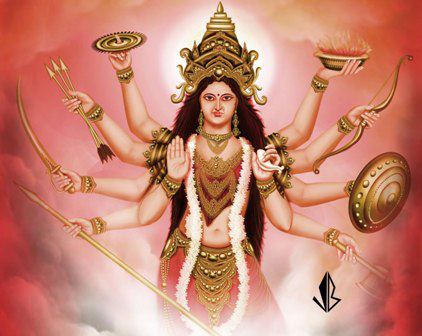
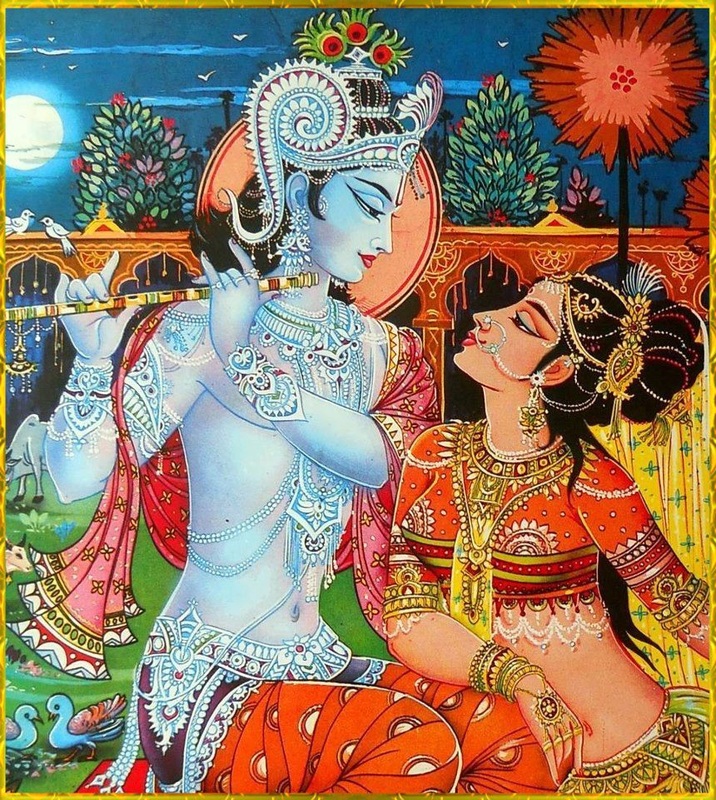
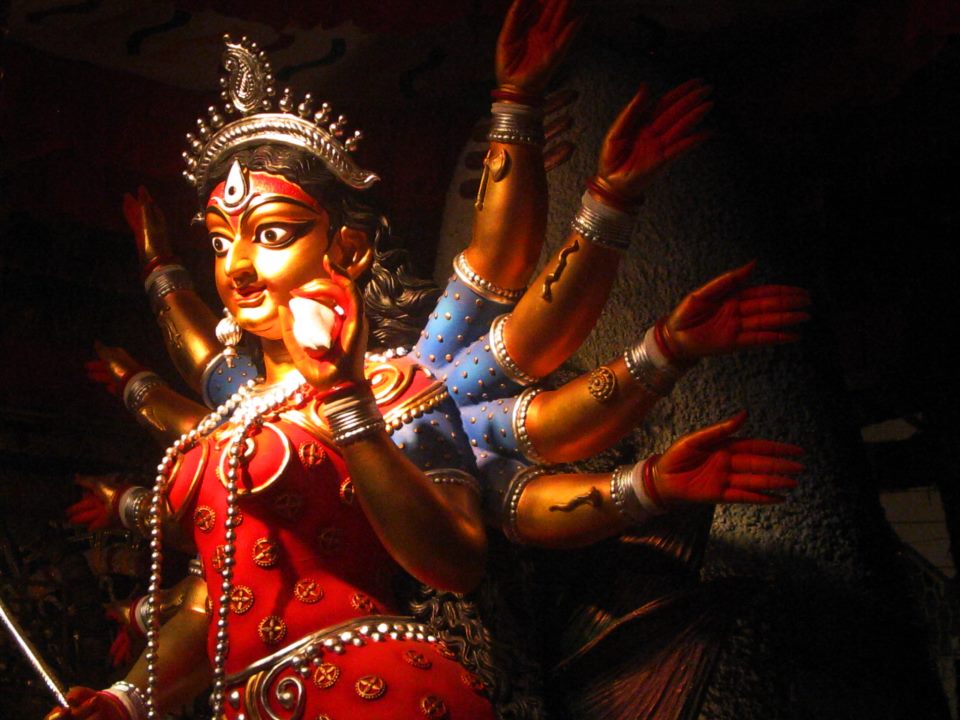
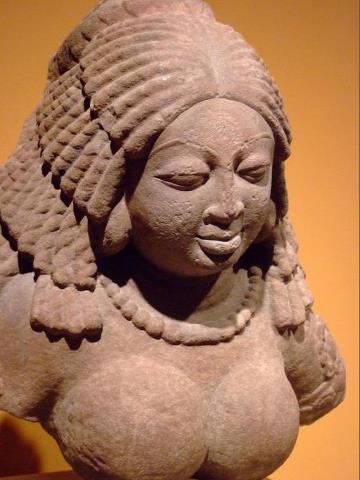
 RSS Feed
RSS Feed
